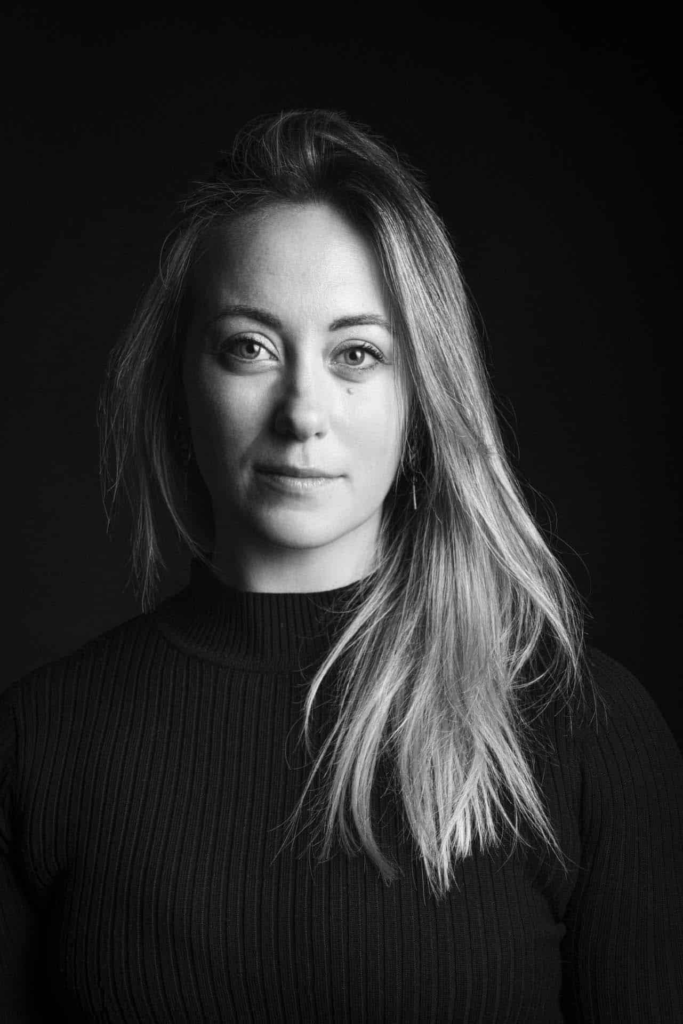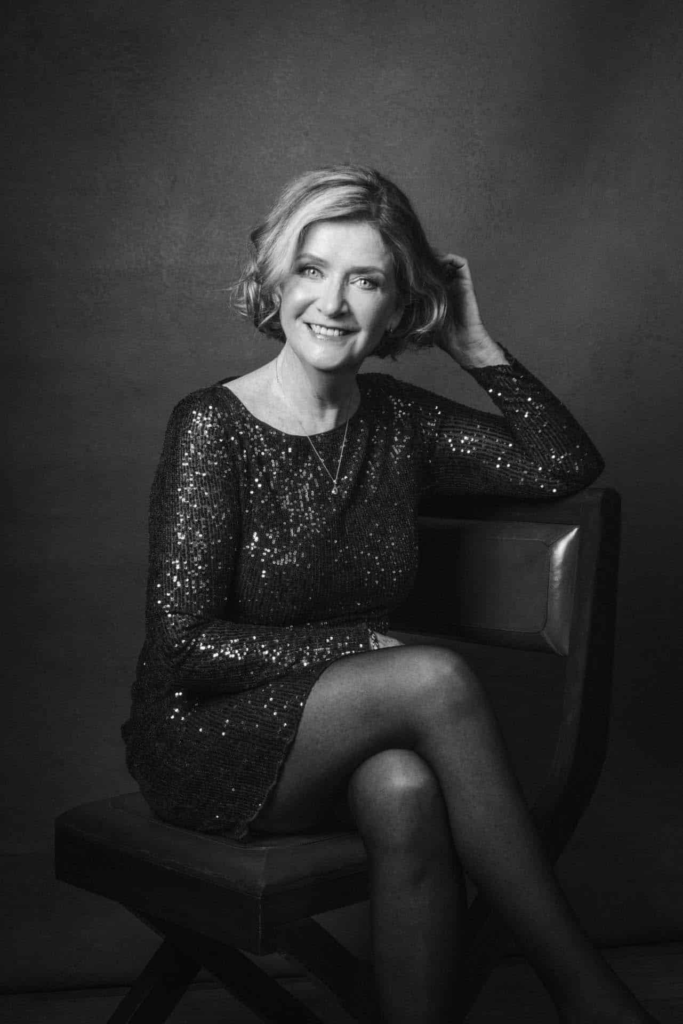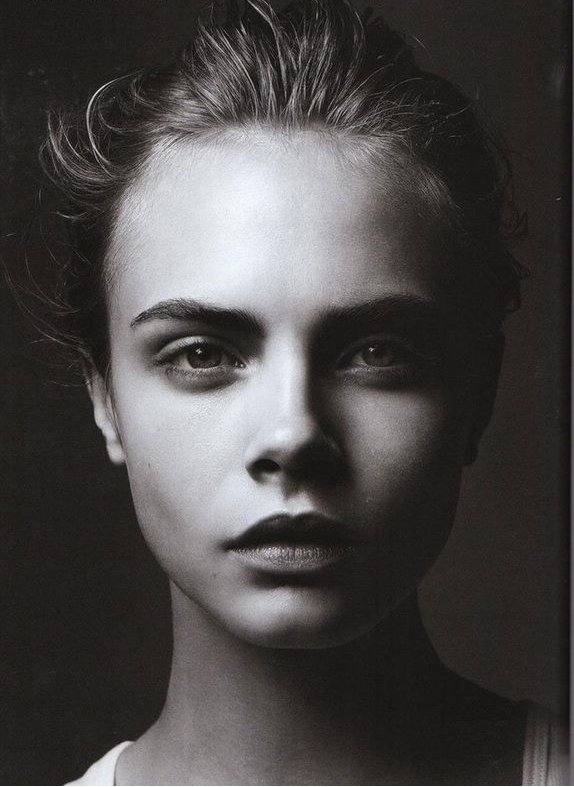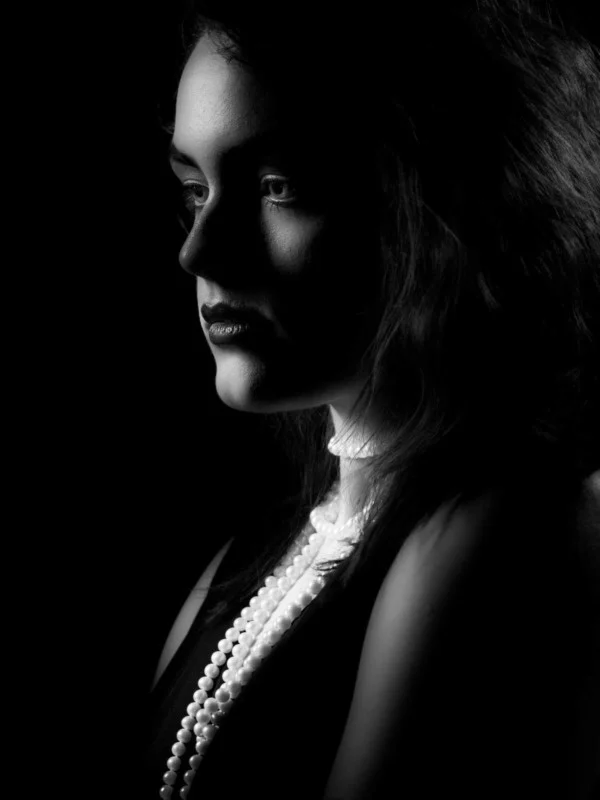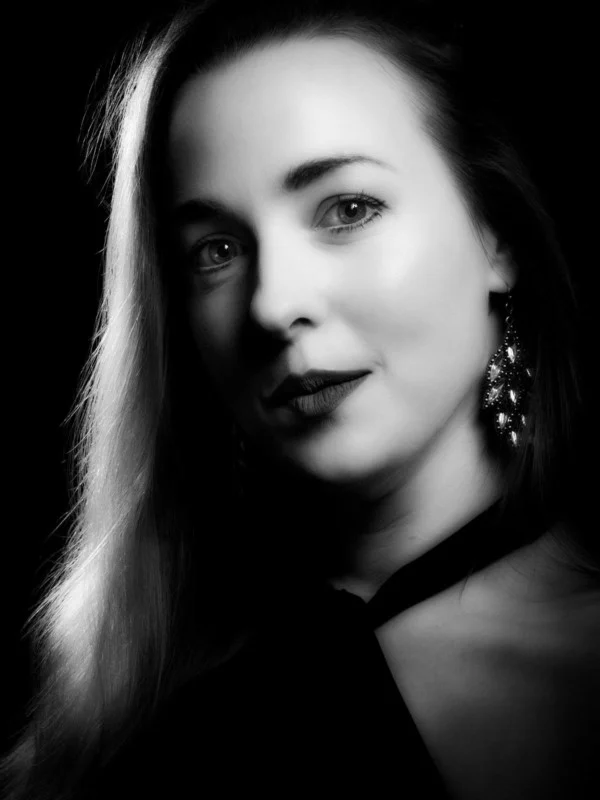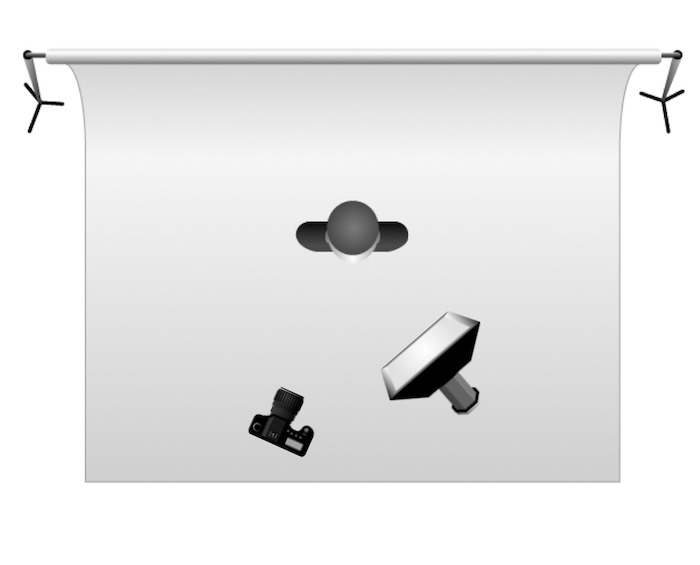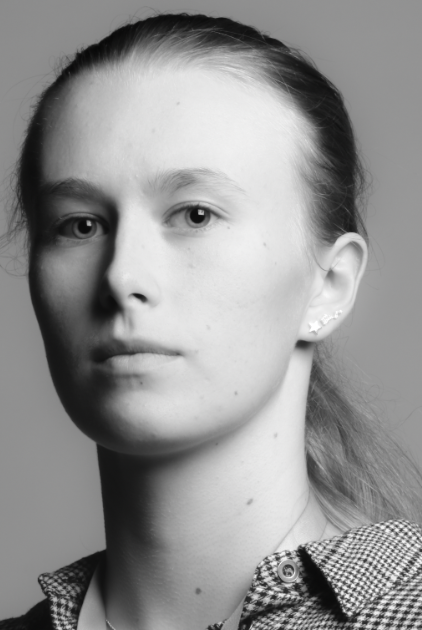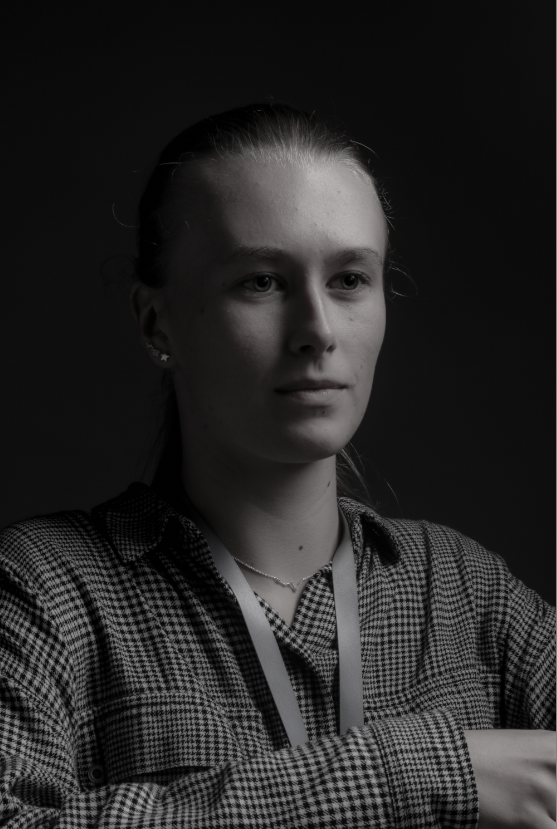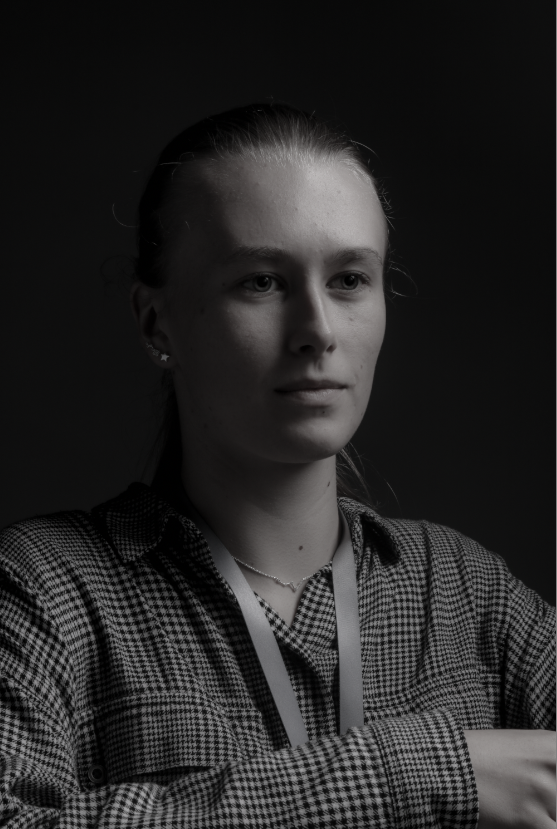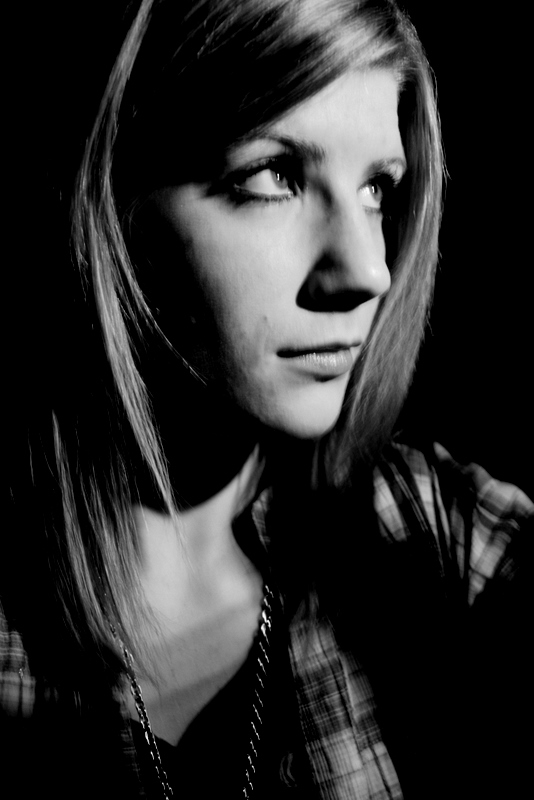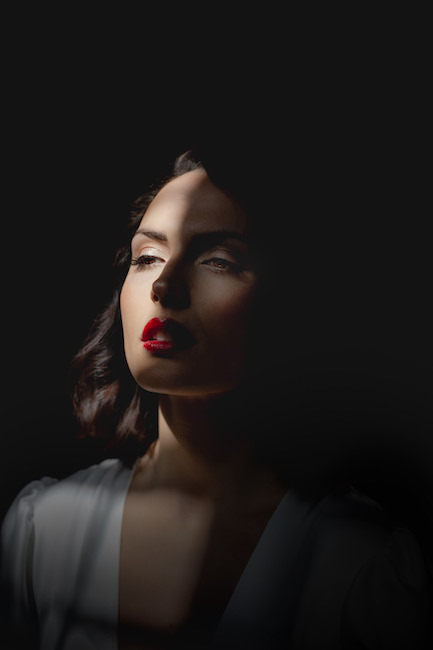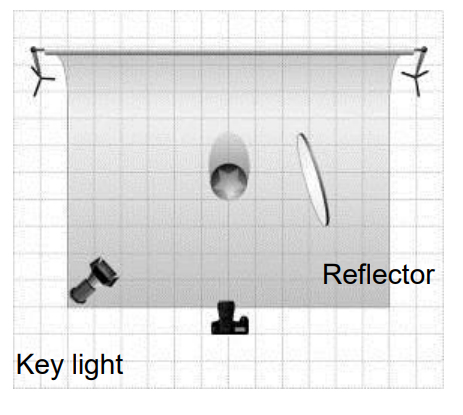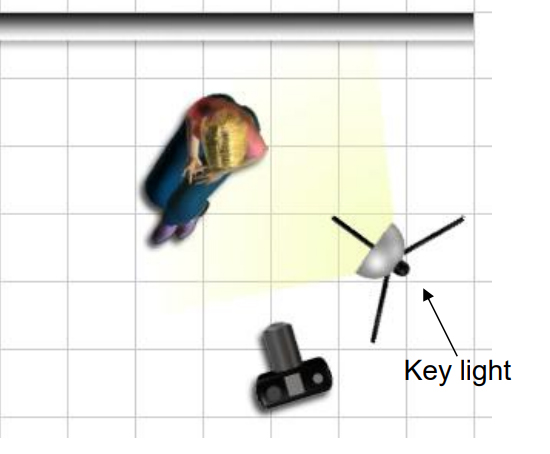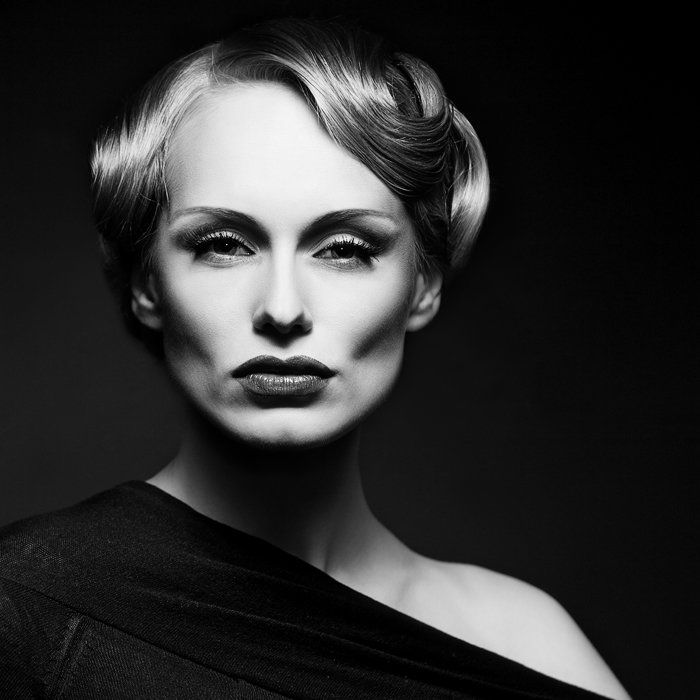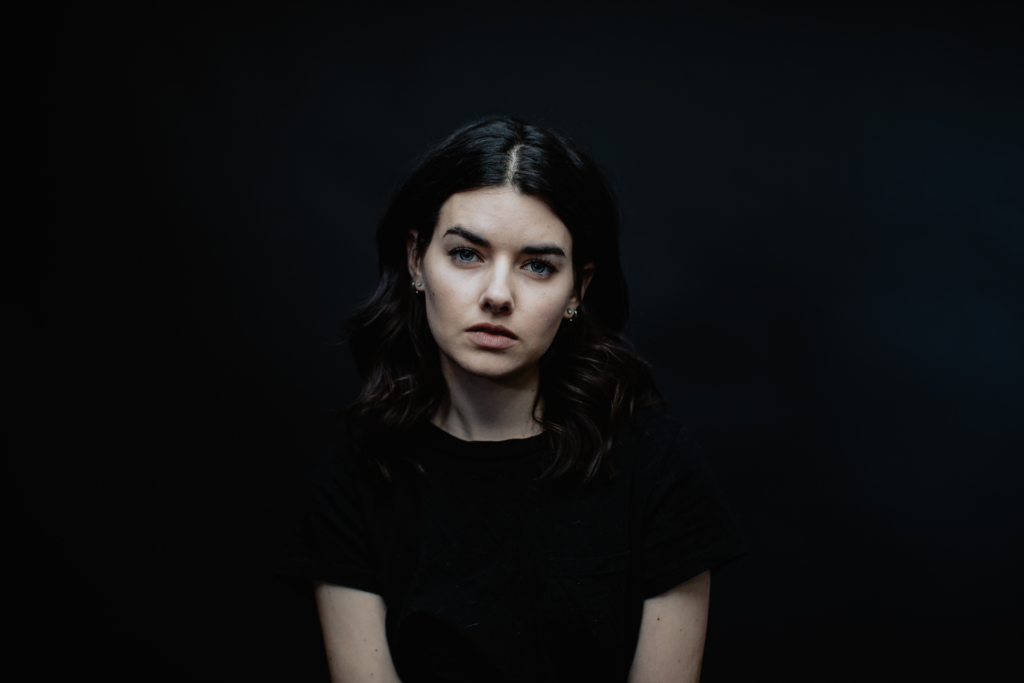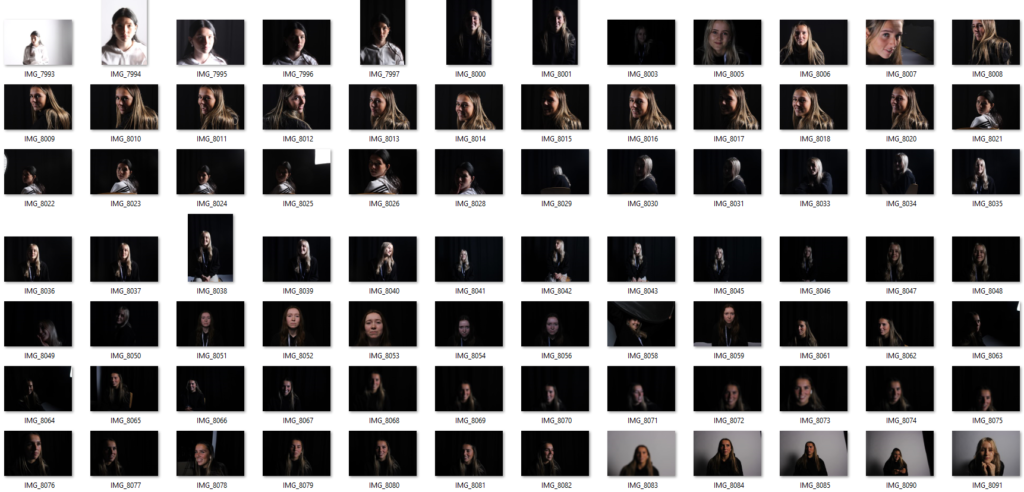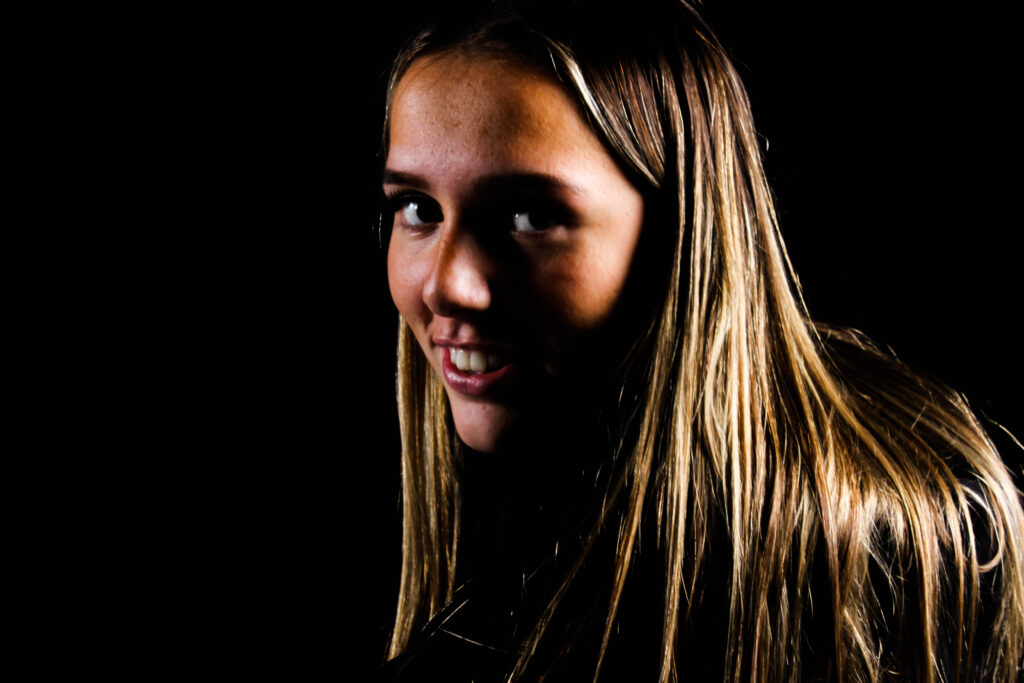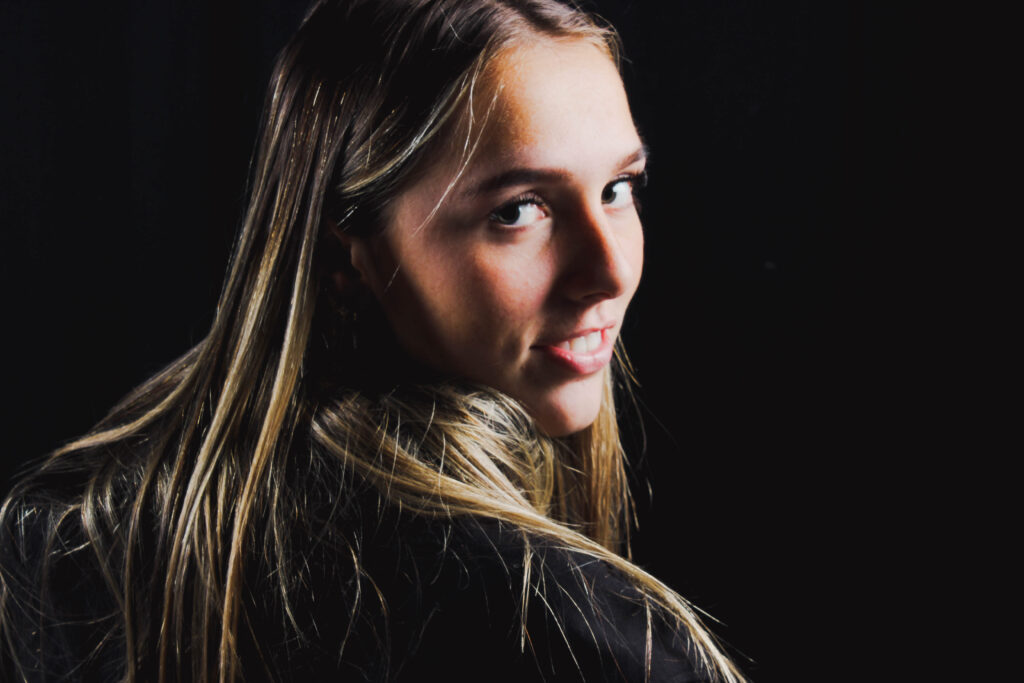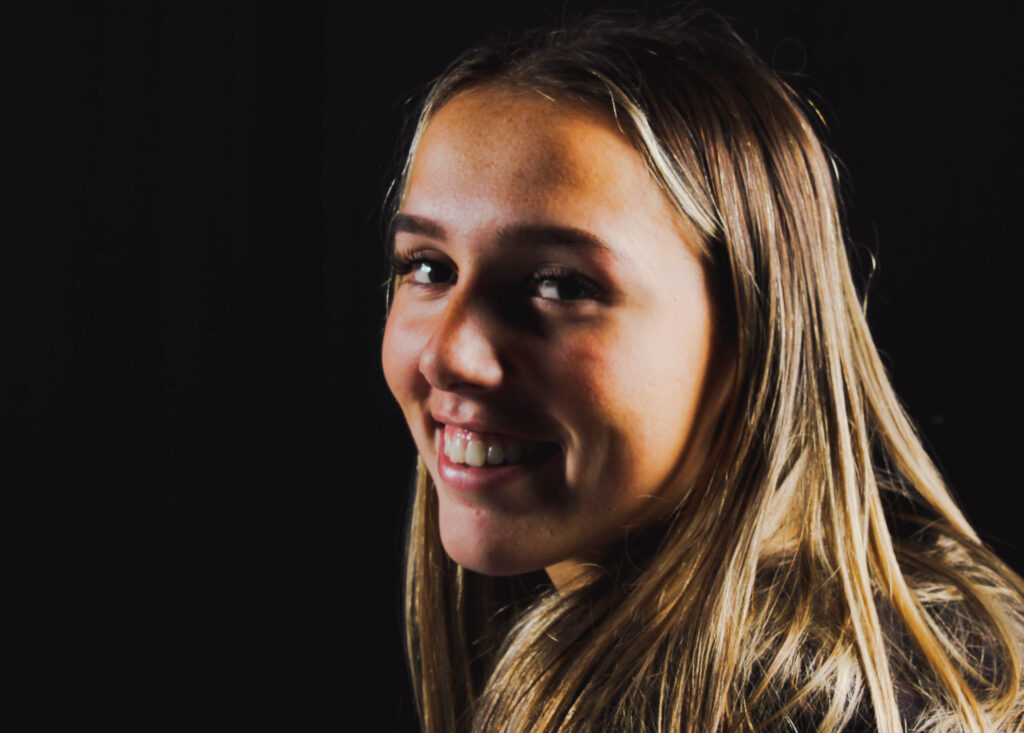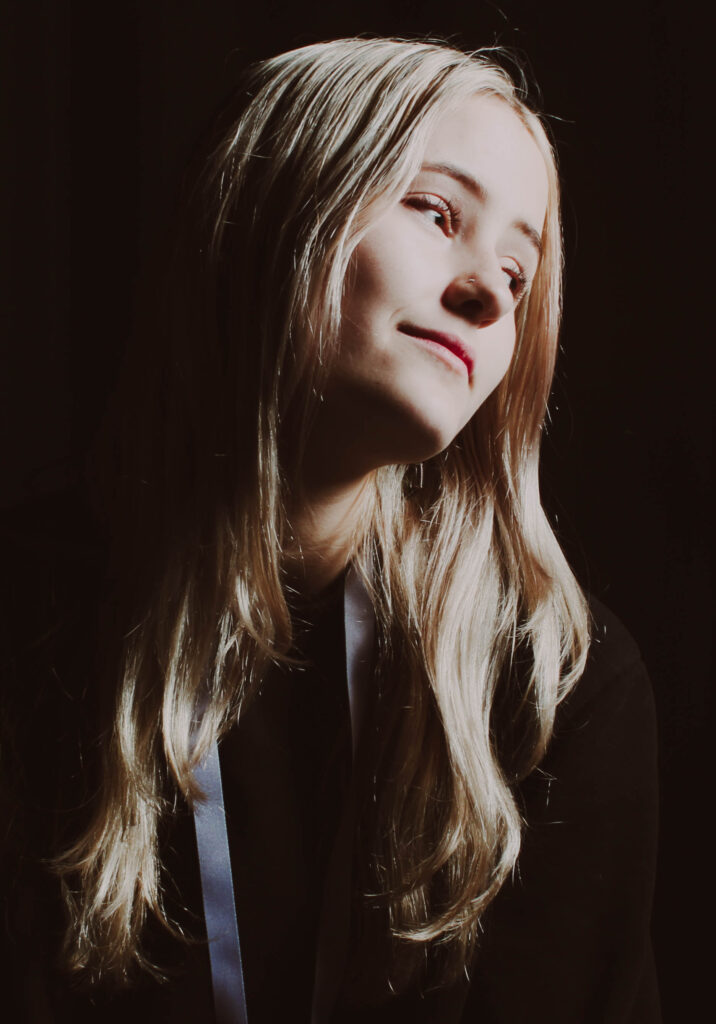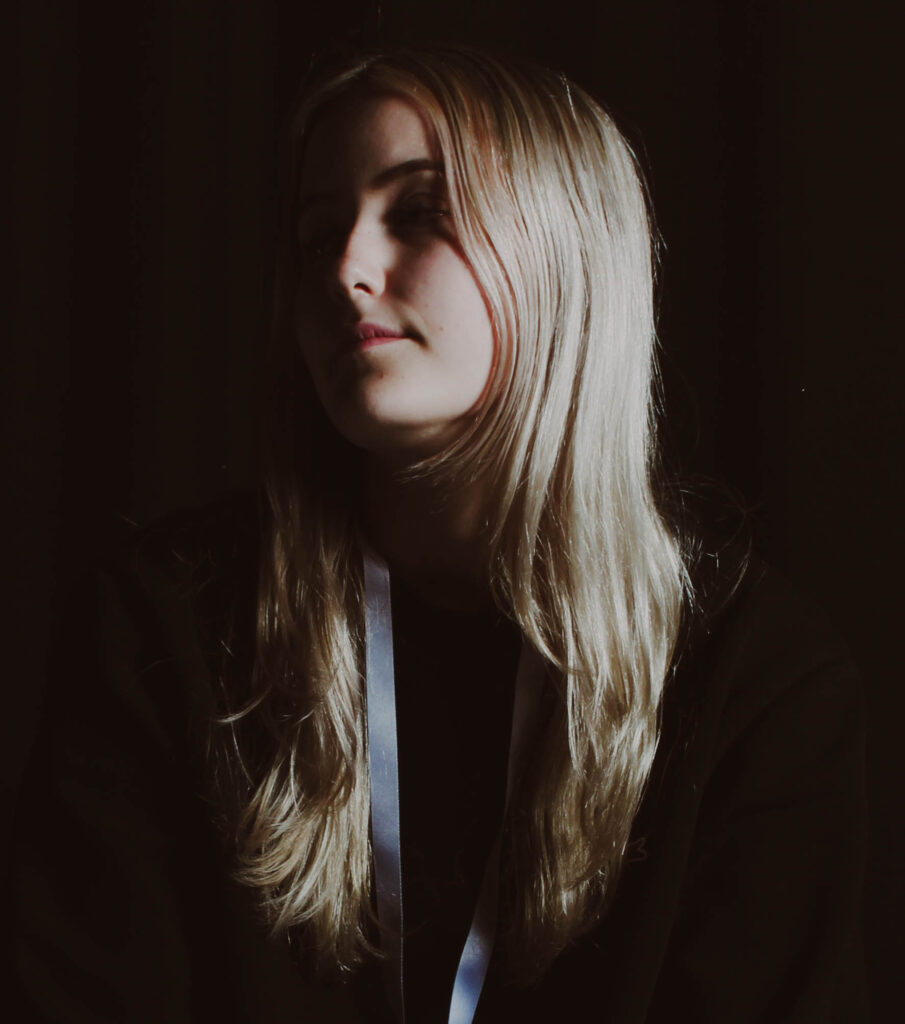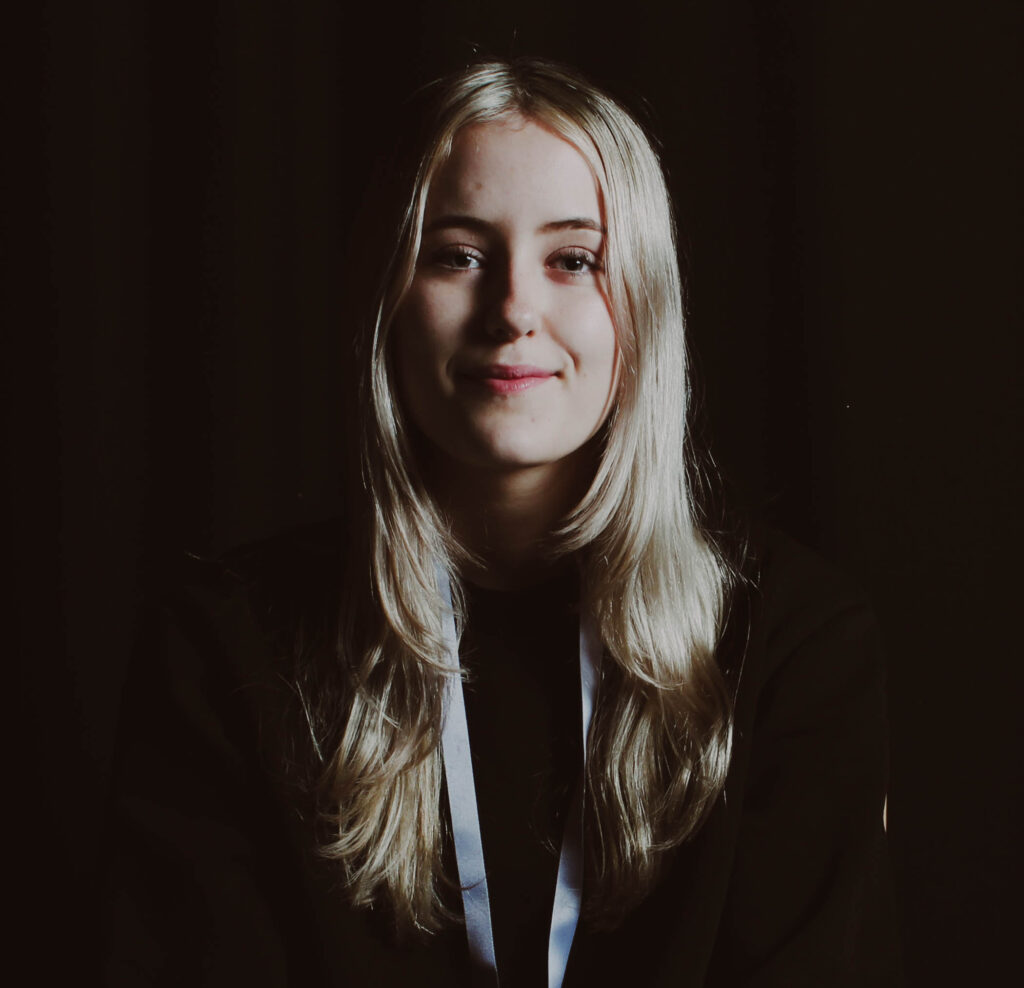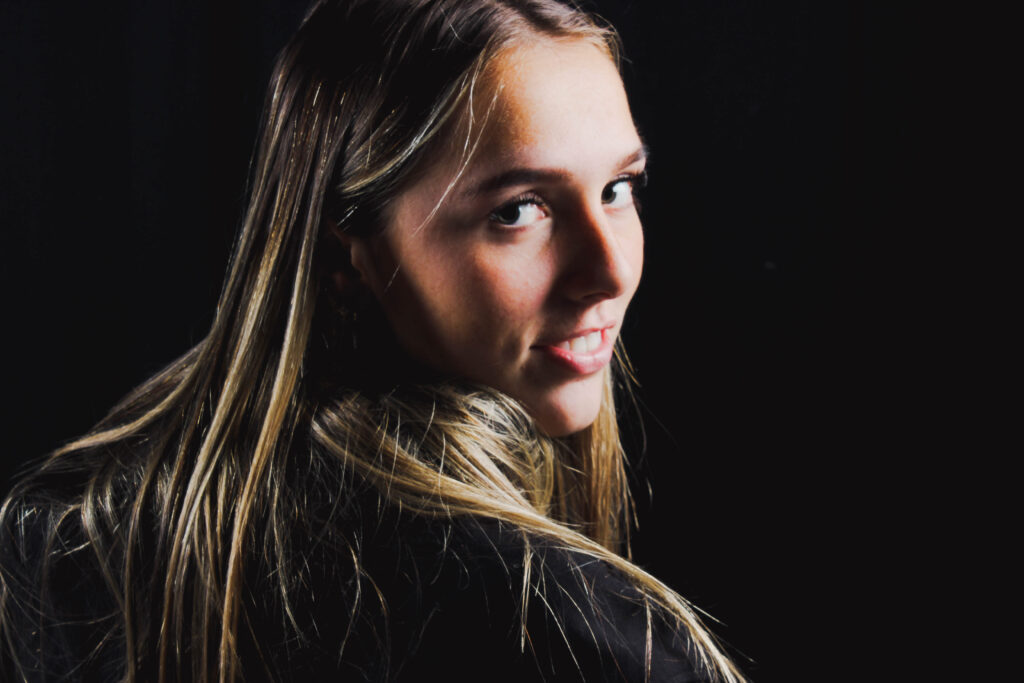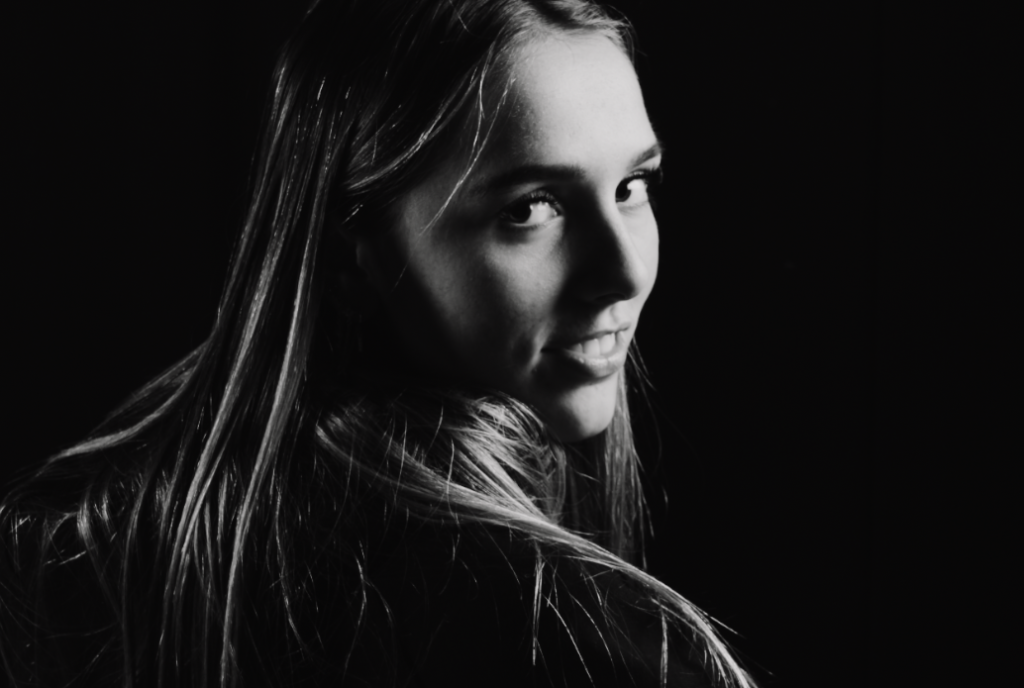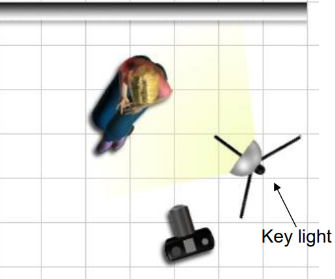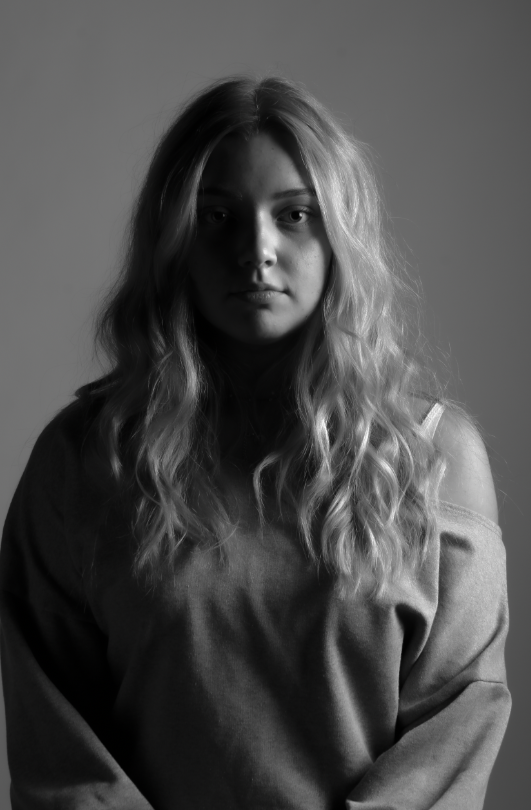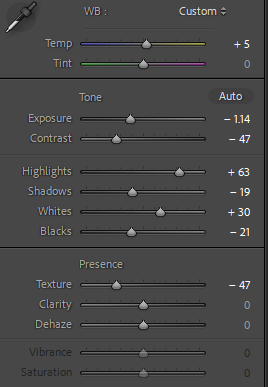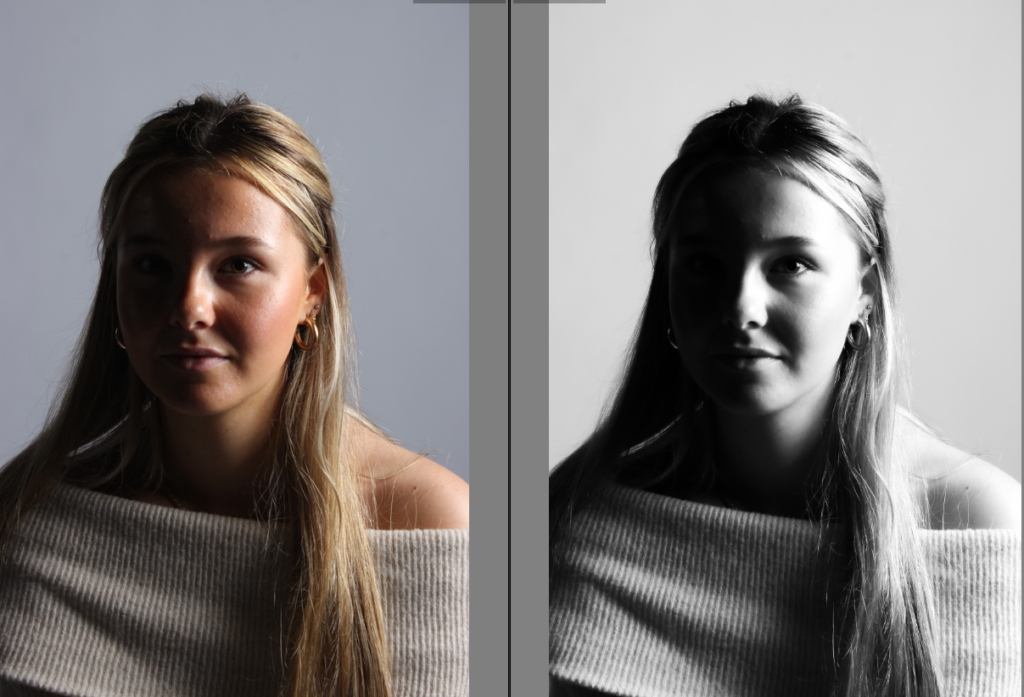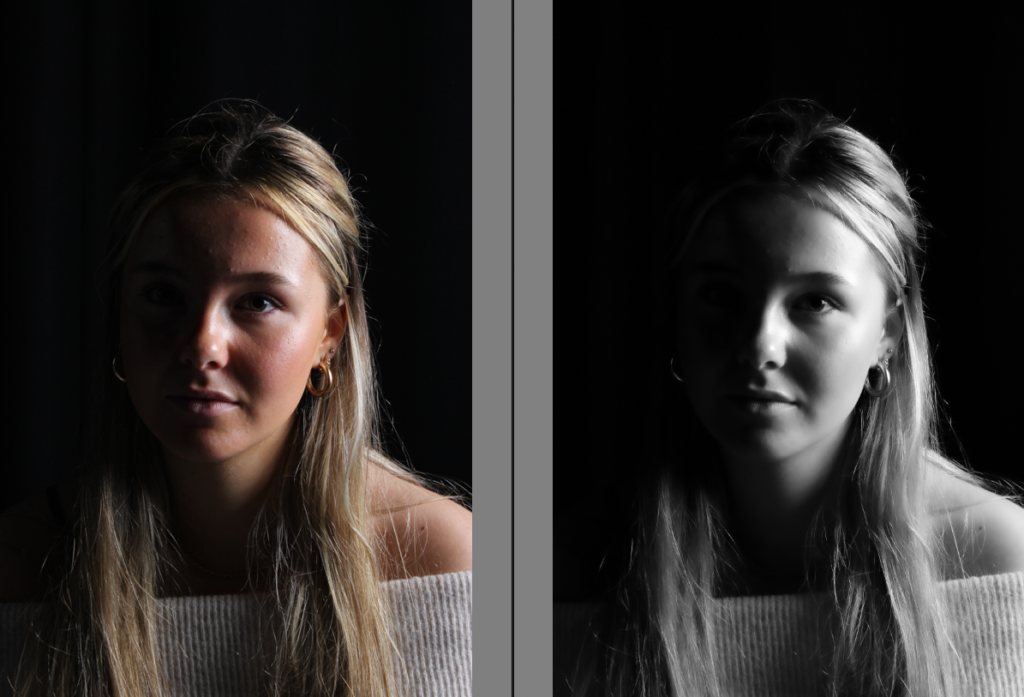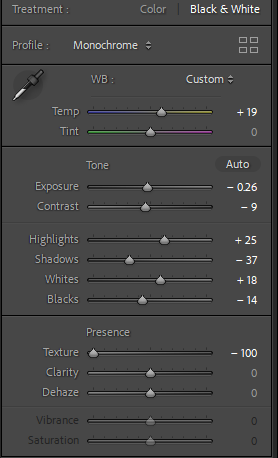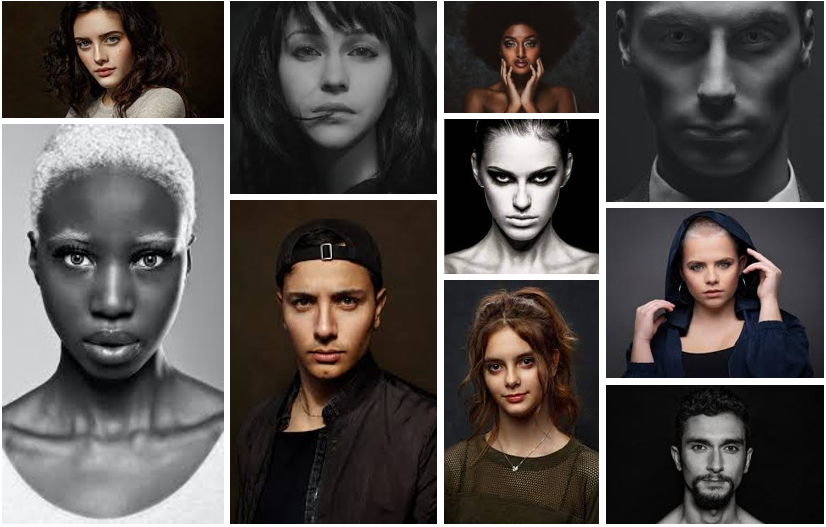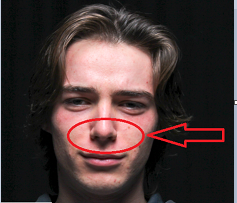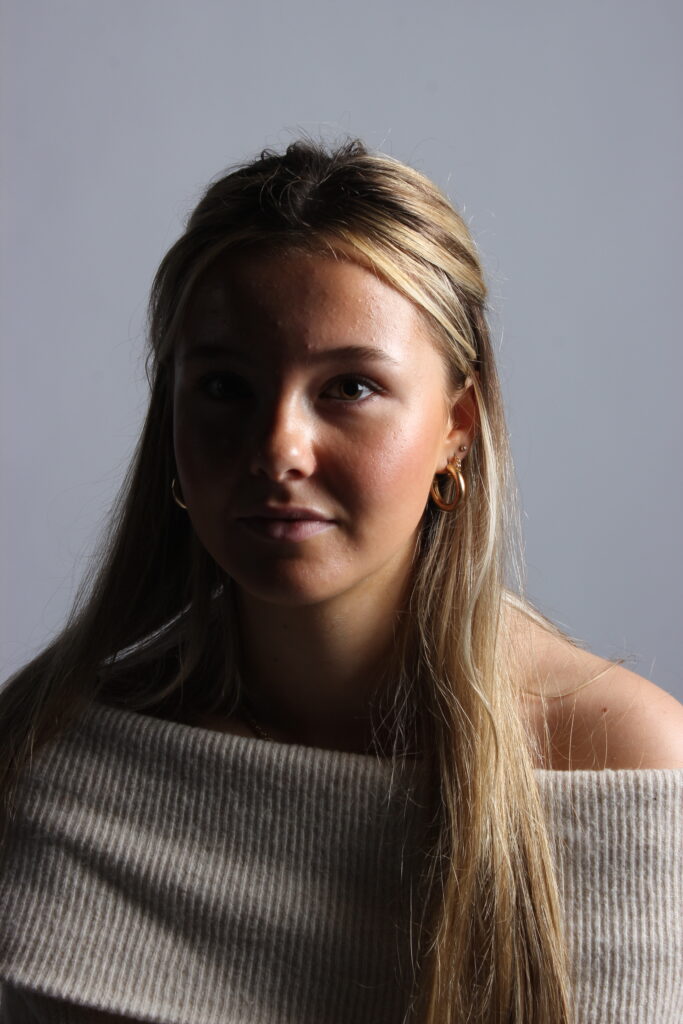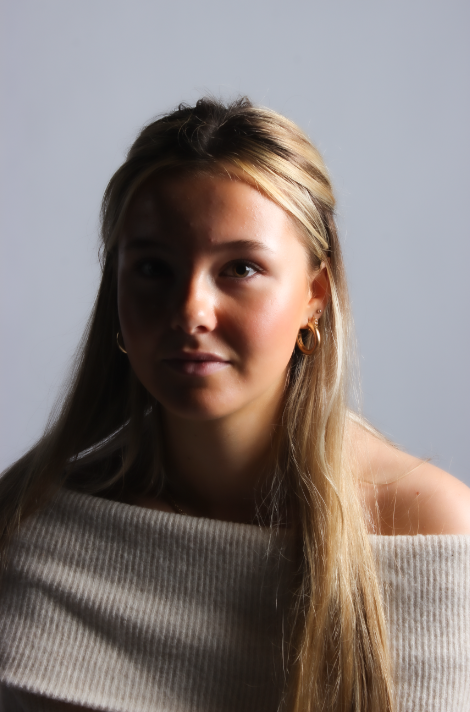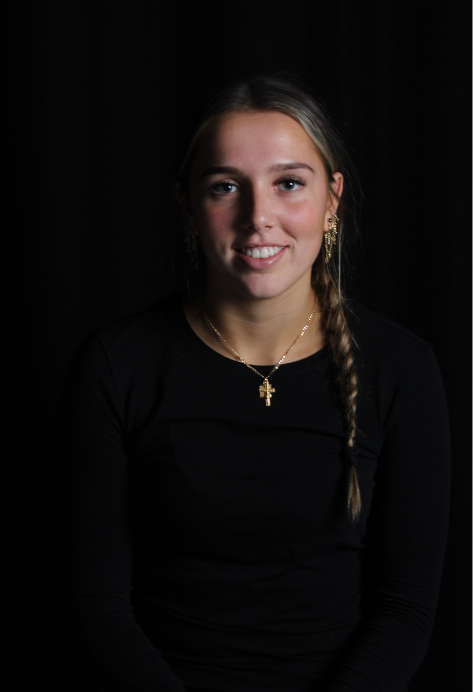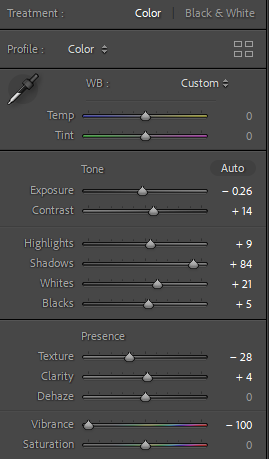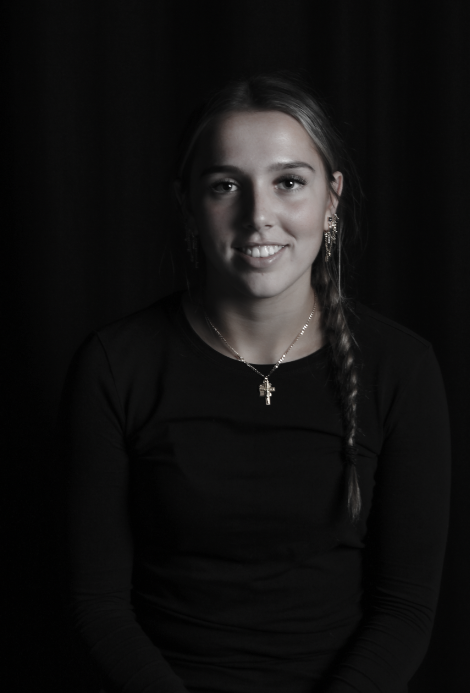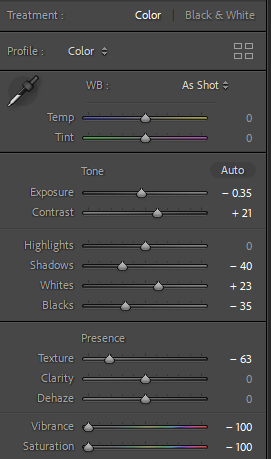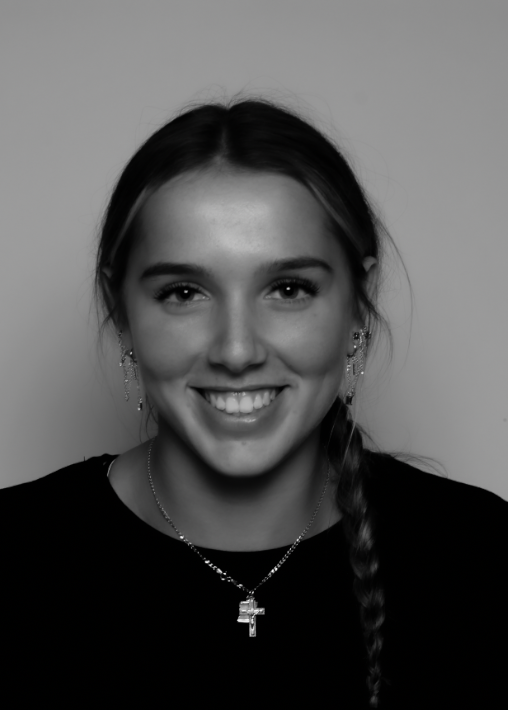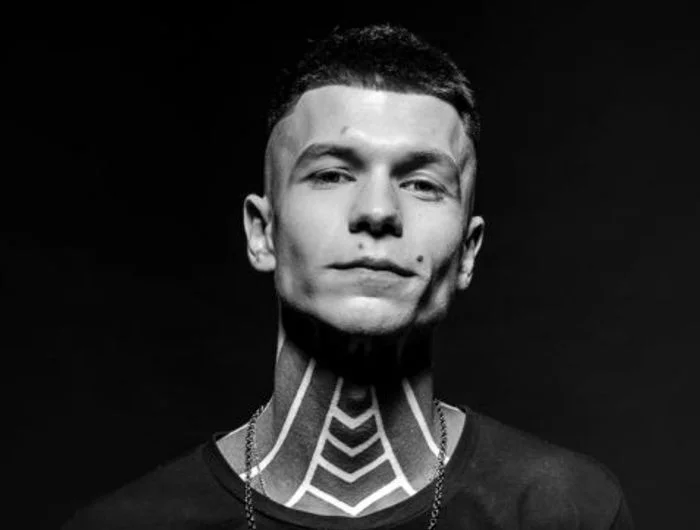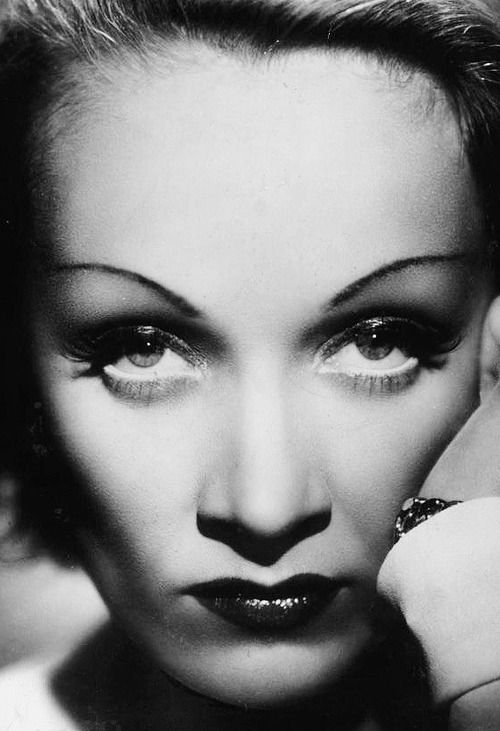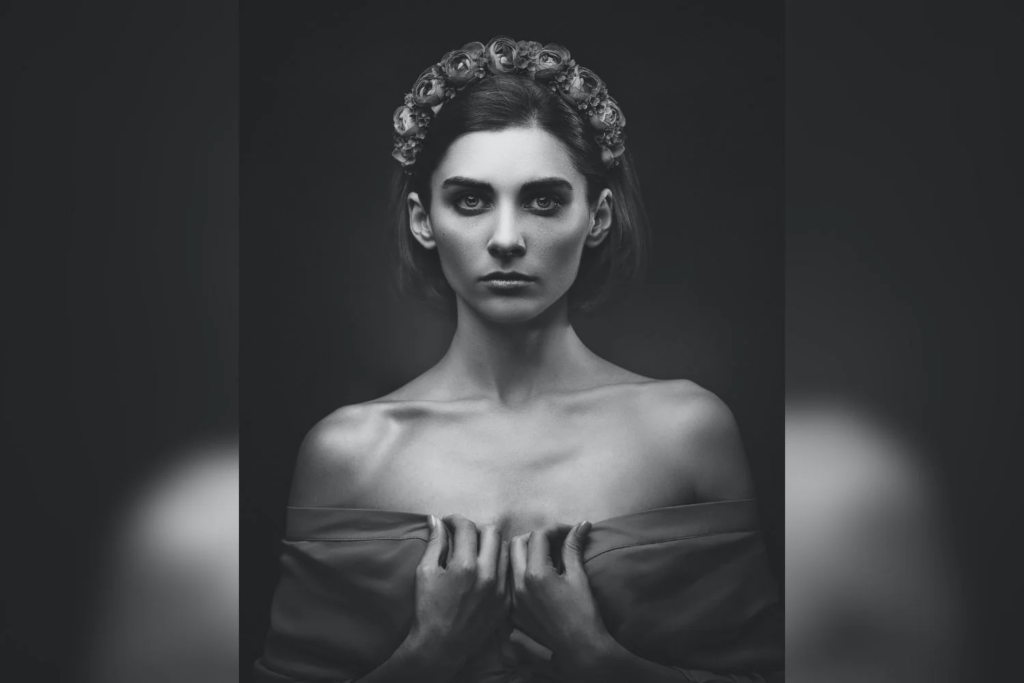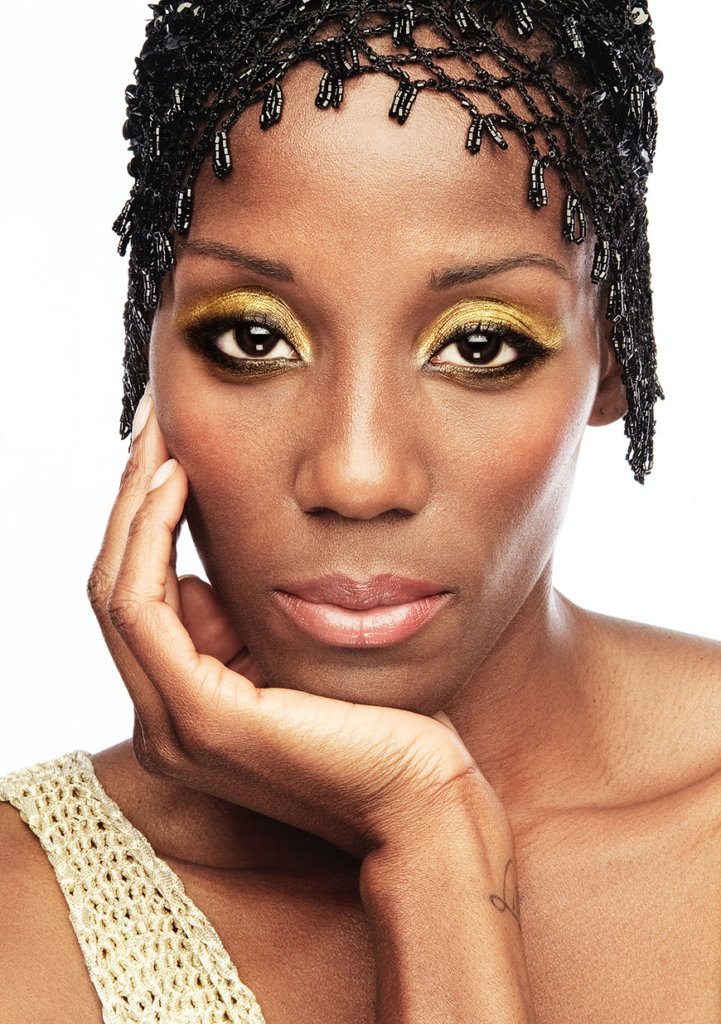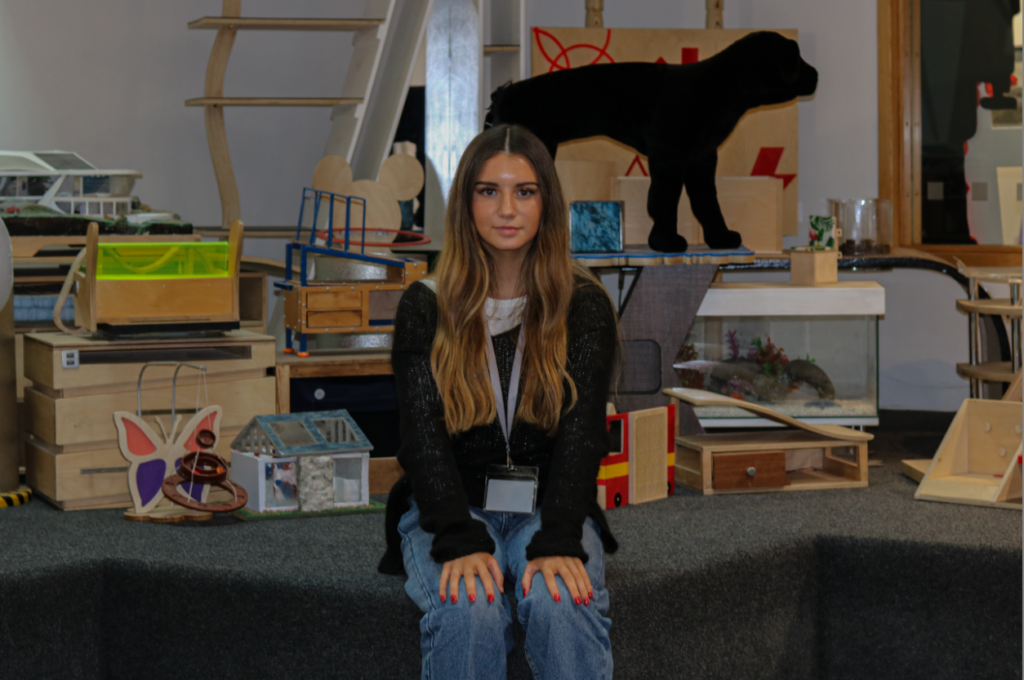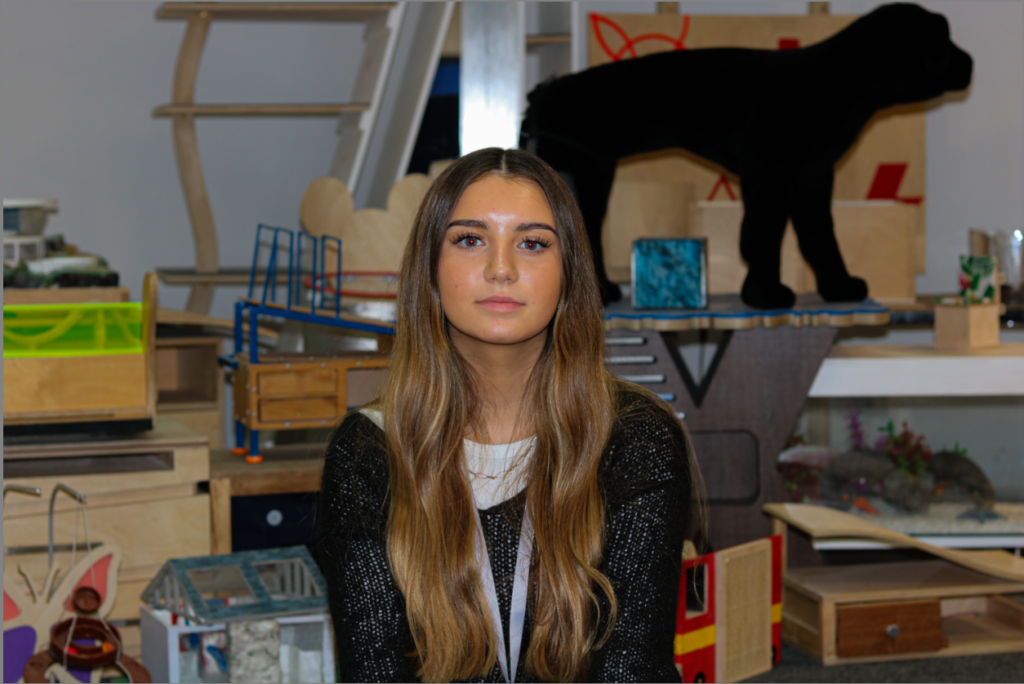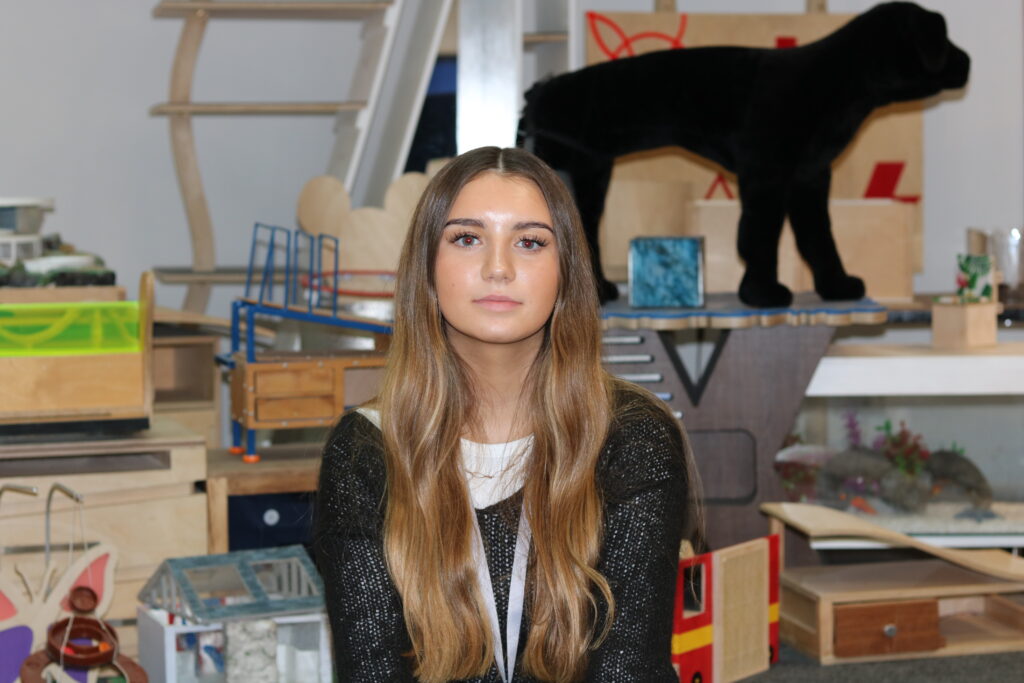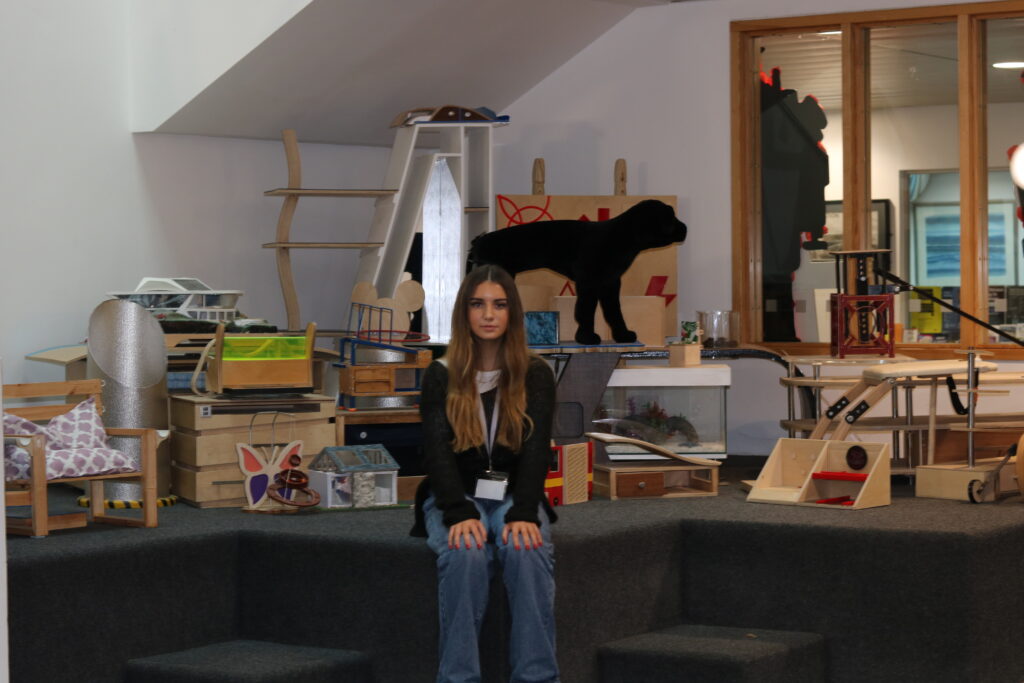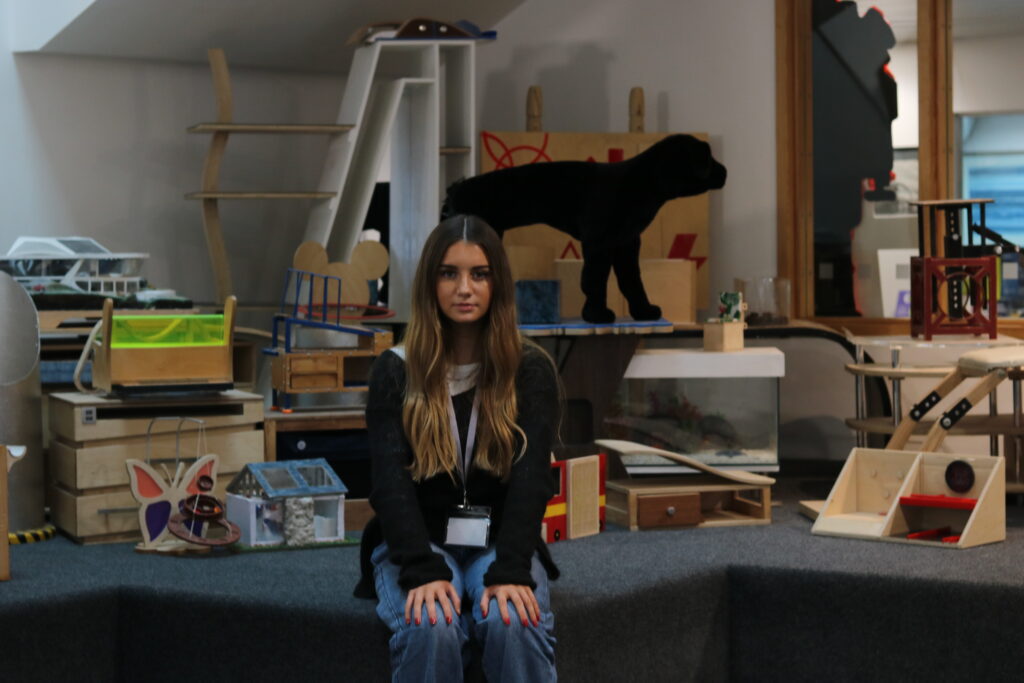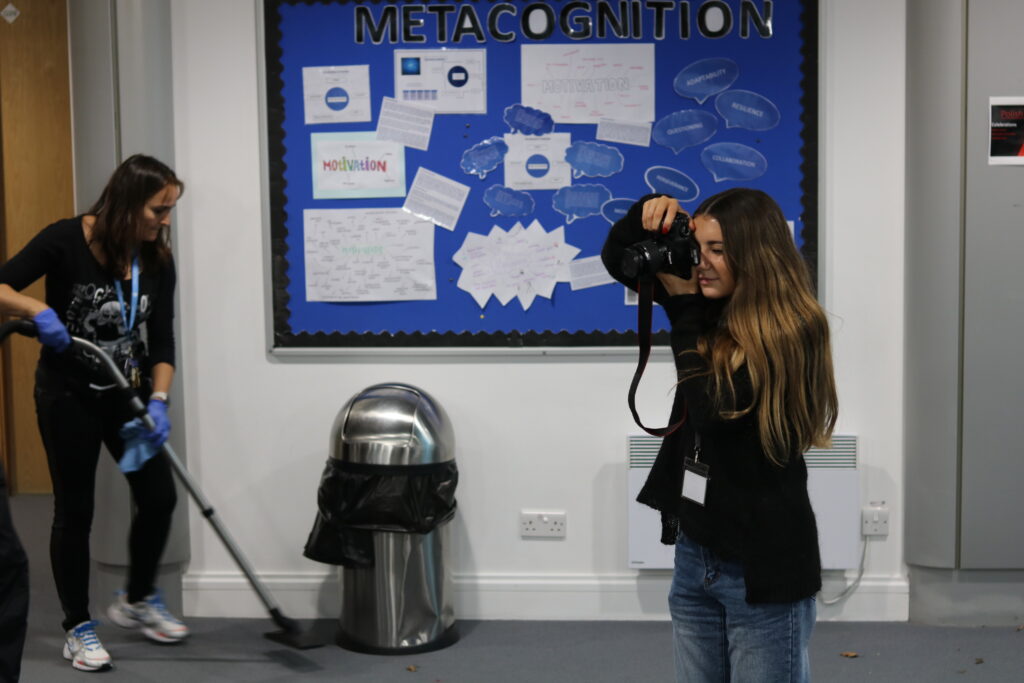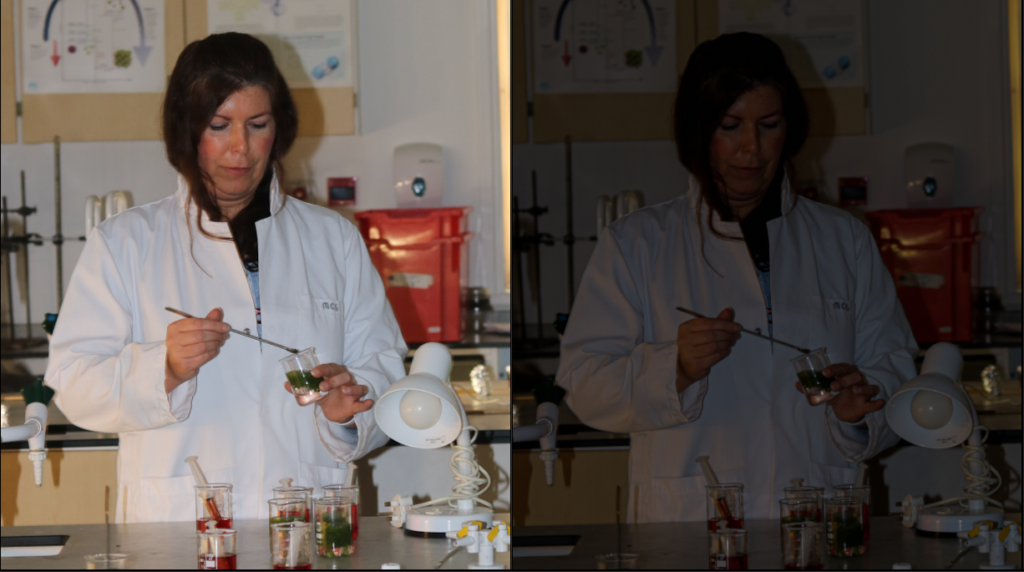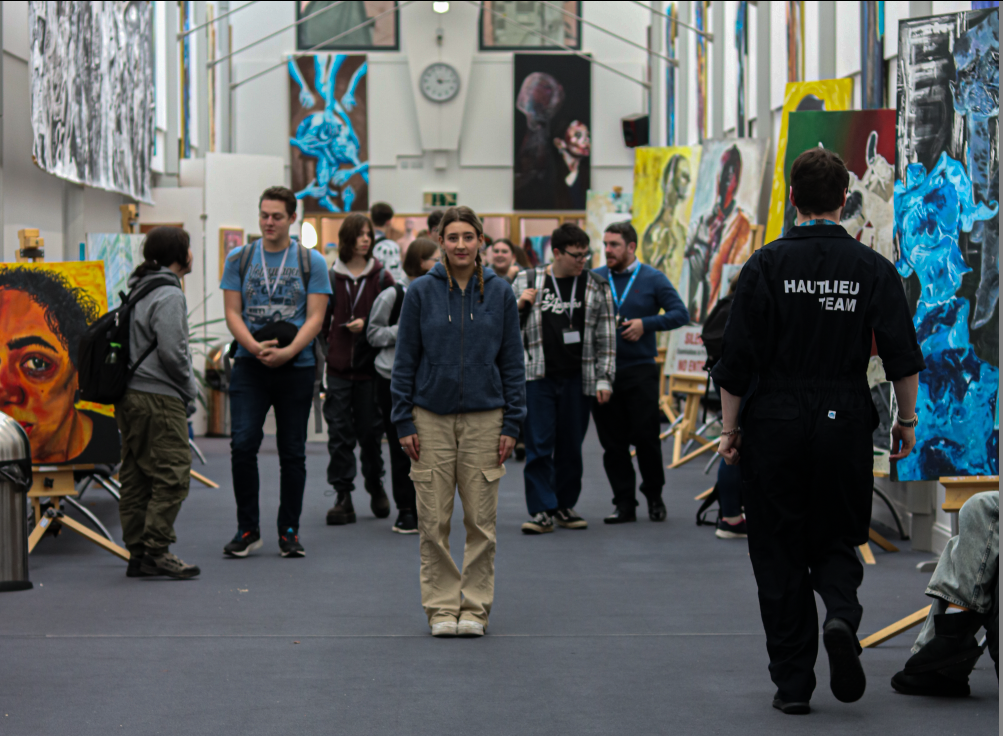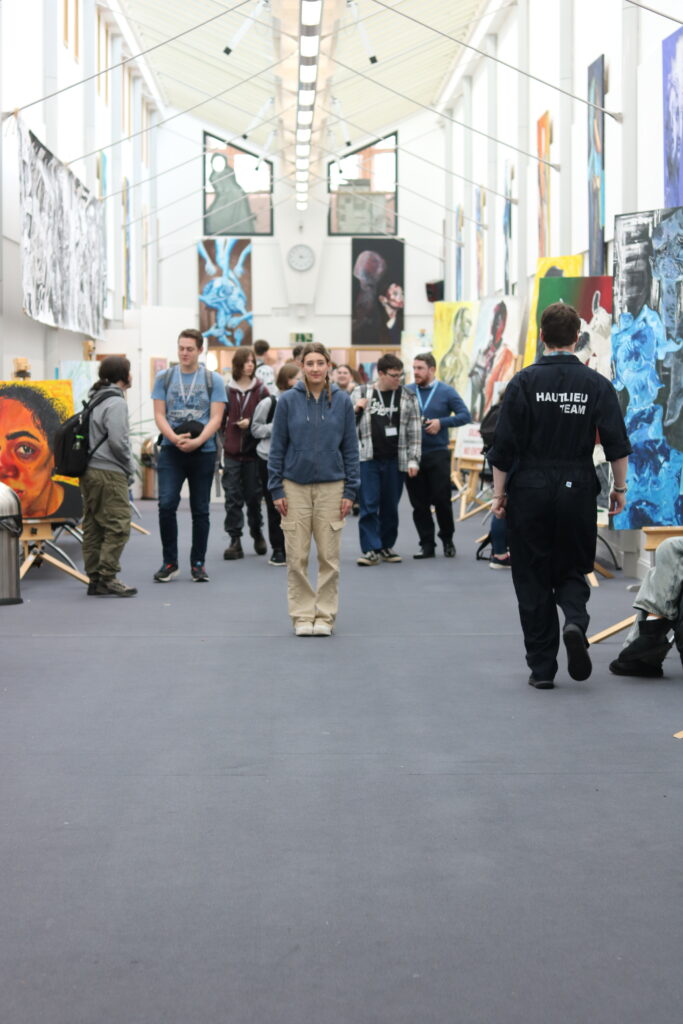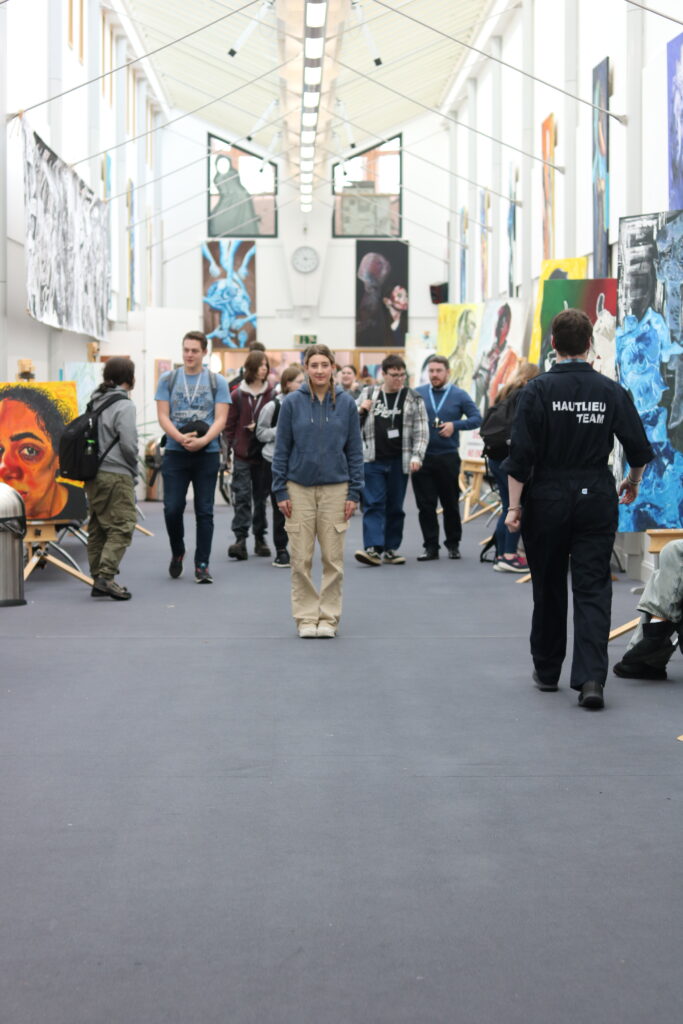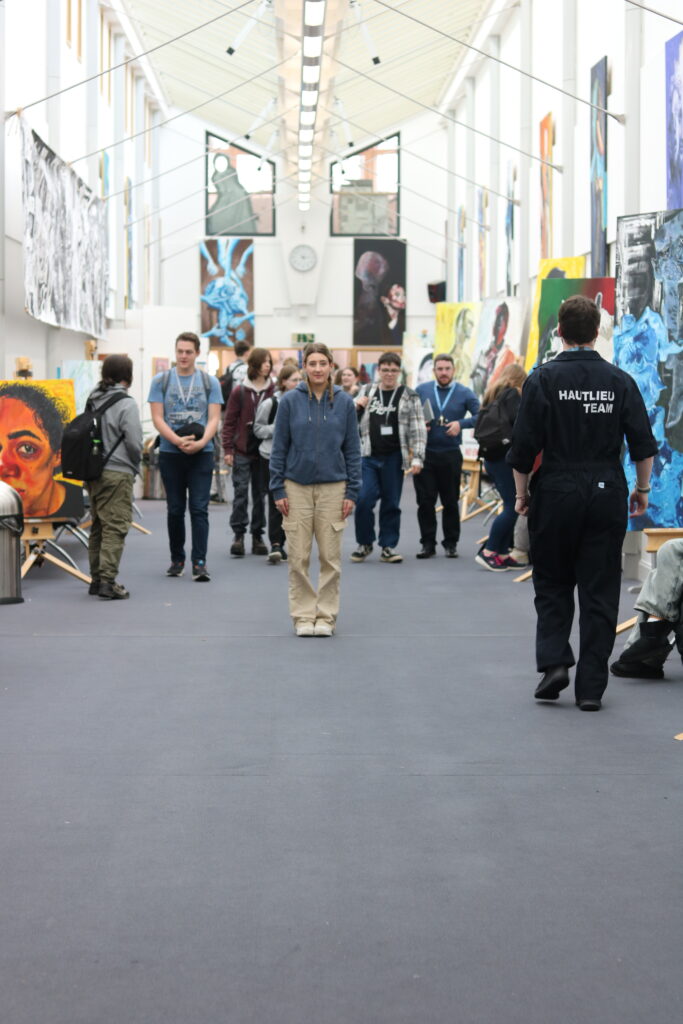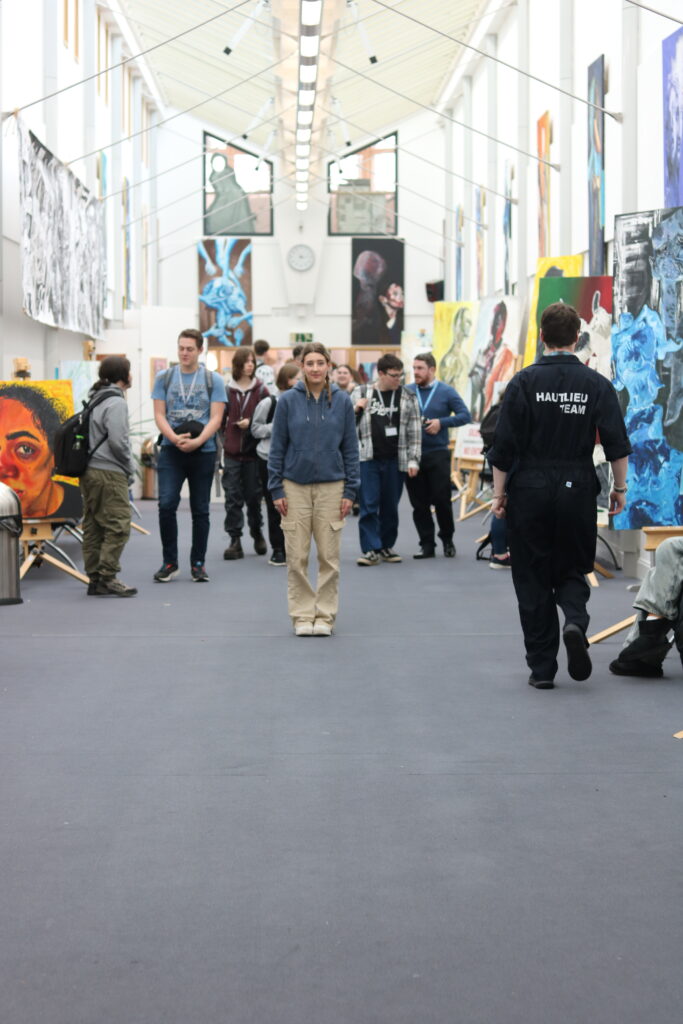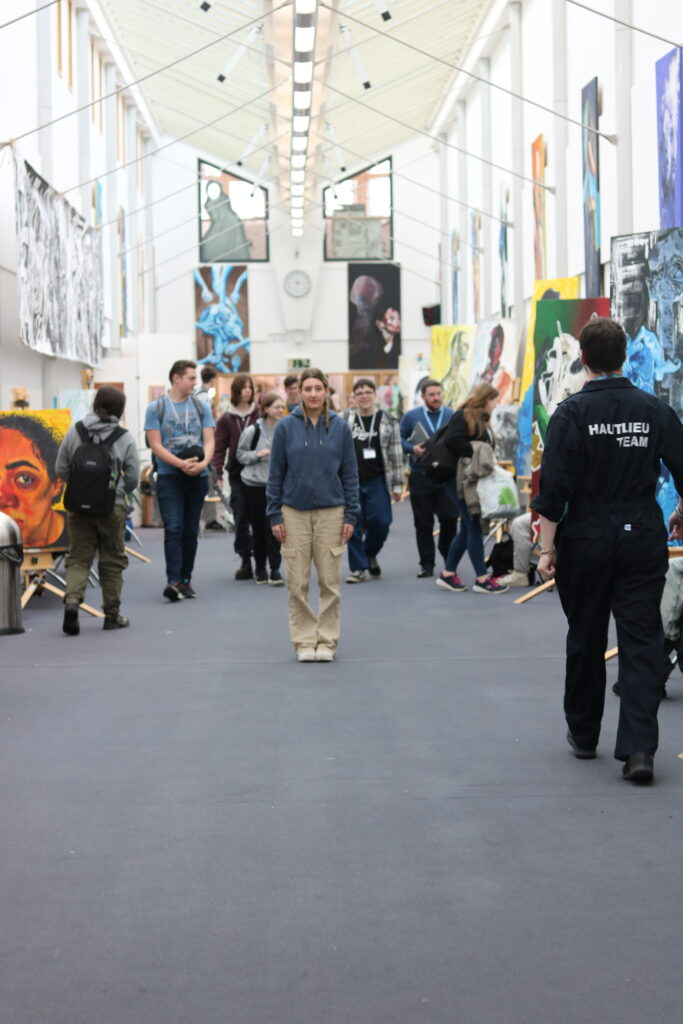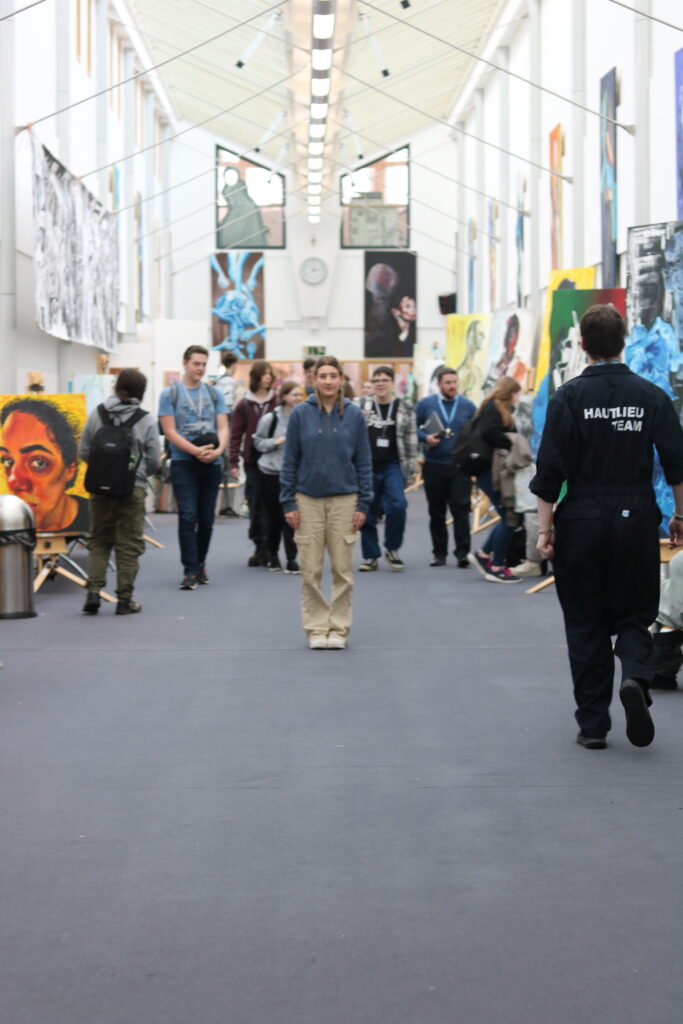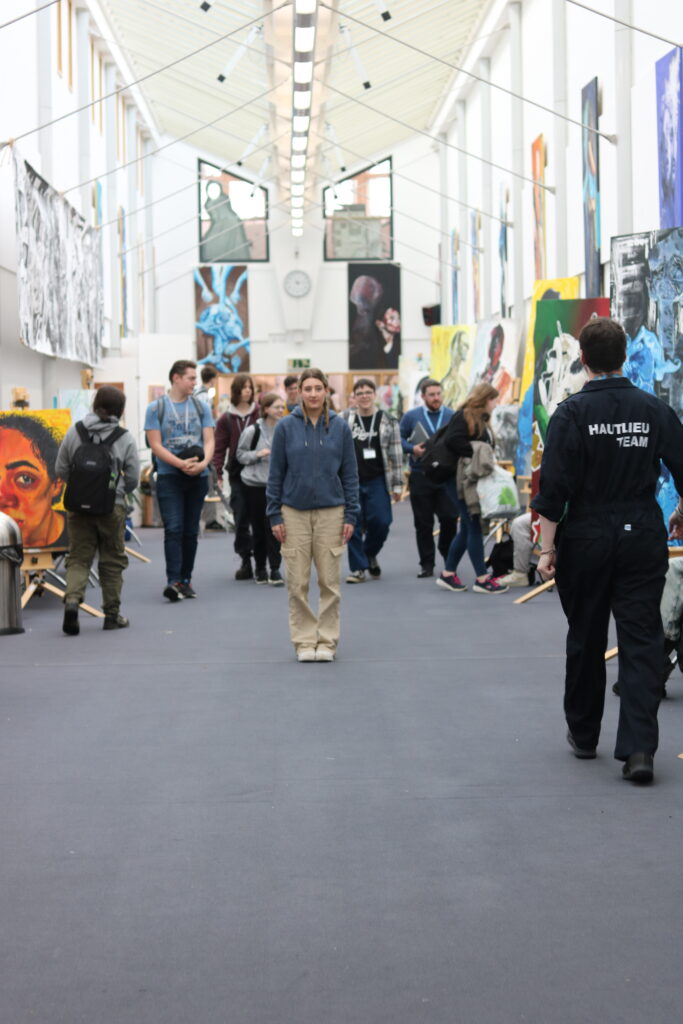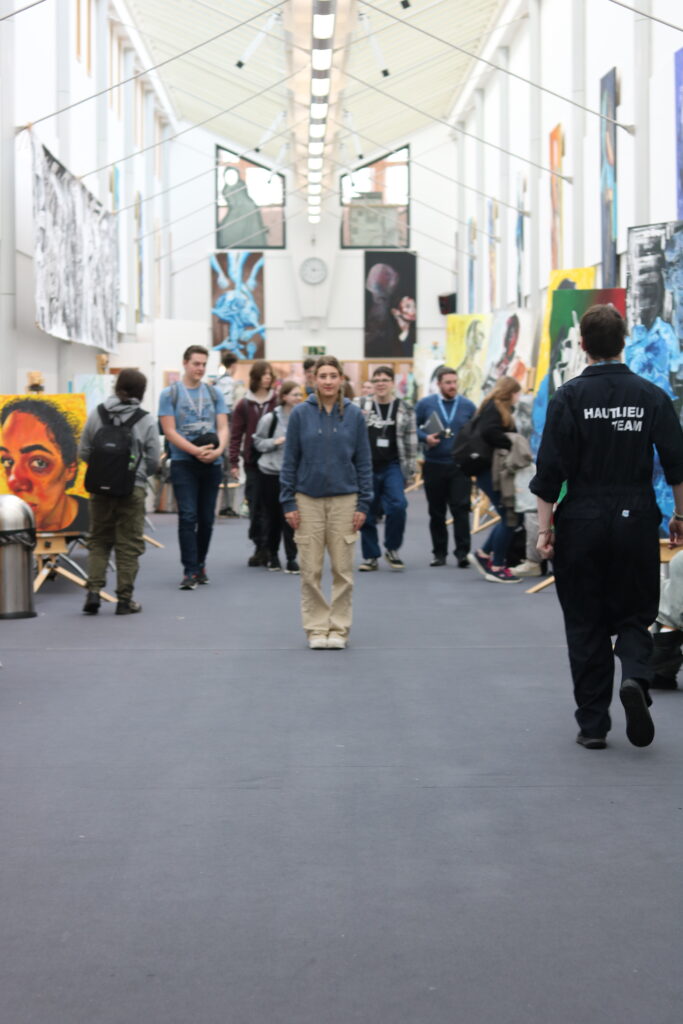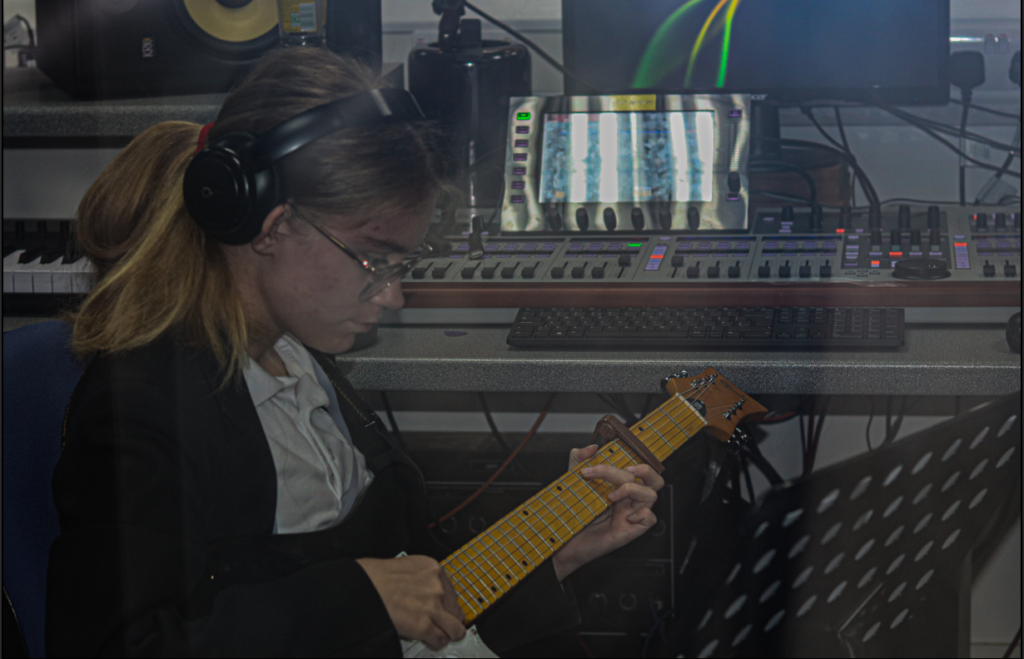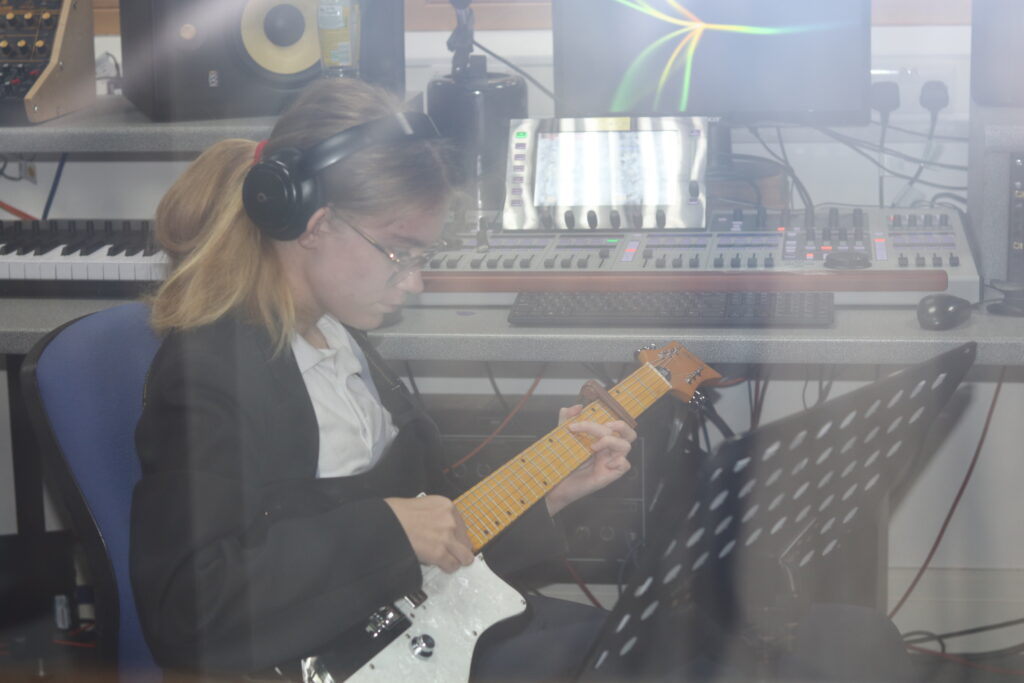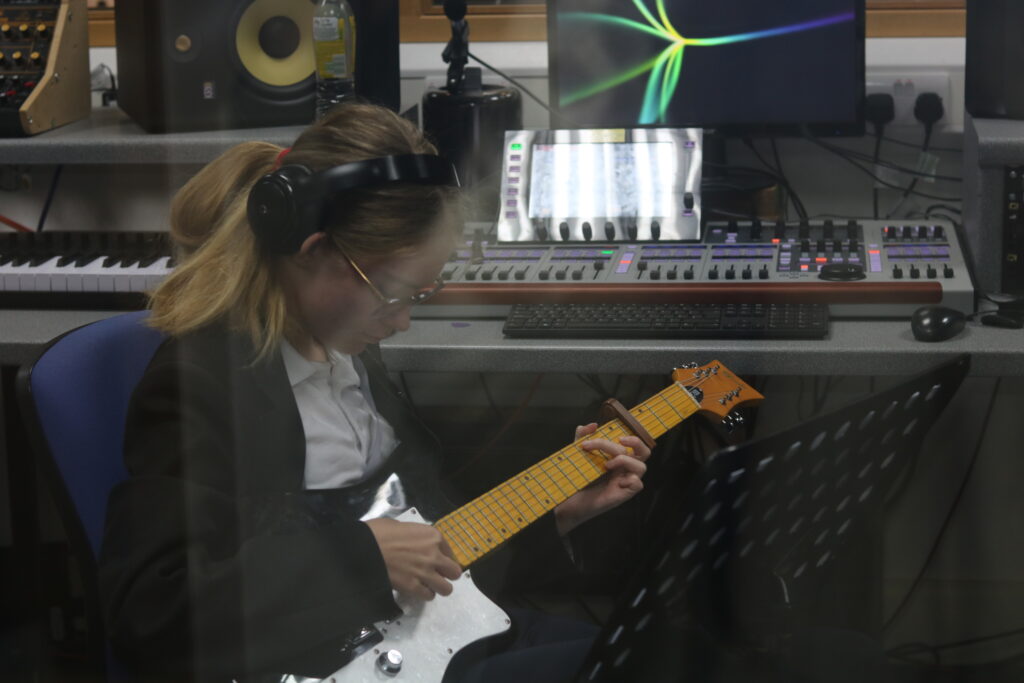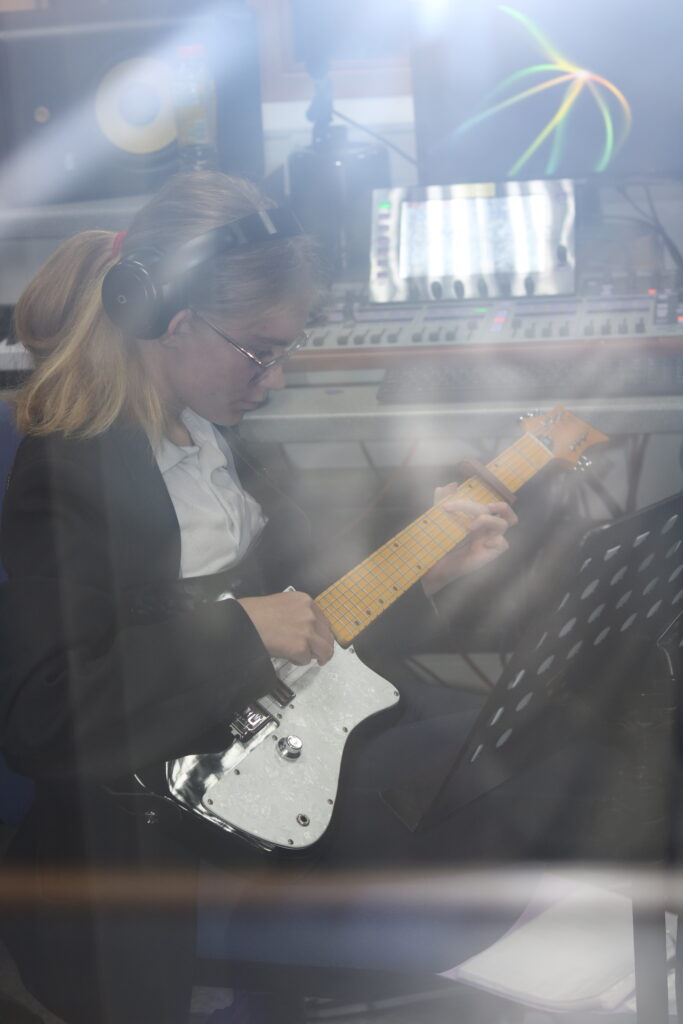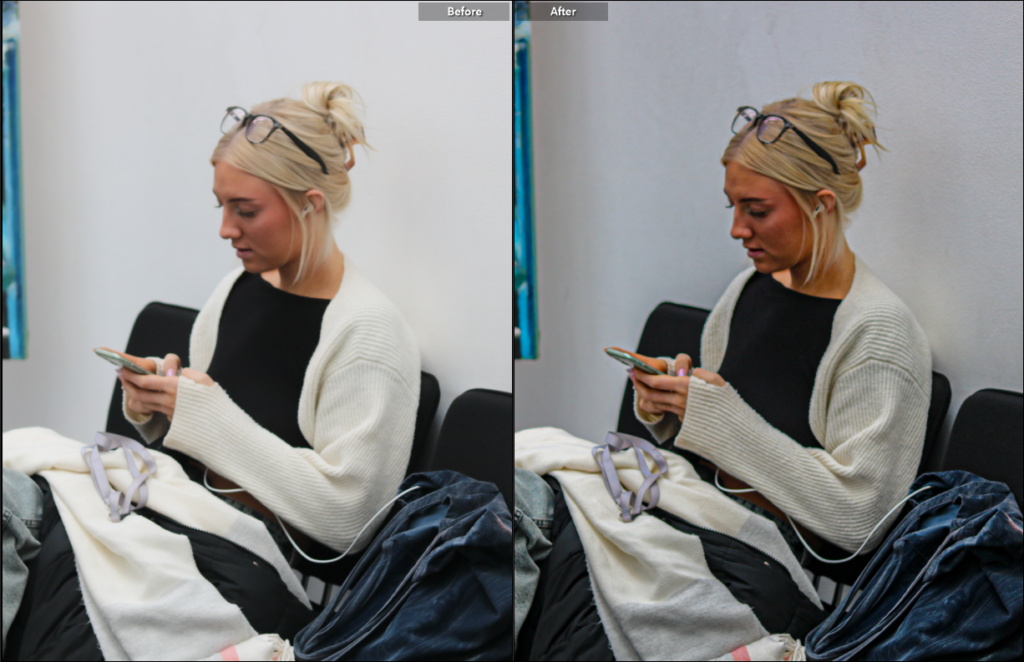
He’s a portrait & advertising photographer working between Jersey, London, Paris and Dubai. He loves cinematic and theatrical imagery mainly of humans but also, as any professional photographer, he delve into other areas of the photographic world including; product, food, interiors and architecture.
He’s photographer who views light as the primary narrator of his stories. His photographic journey has been transformative and enriched by ongoing learning and heartfelt connections with people. He developed his skills over a decade in the Middle East, collaborating with renowned brands like Cartier and Dior, and contributing to high-profile magazines such as Esquire, GQ, and Cosmopolitan. He had the privilege to photograph celebrities like Robert De Niro, Roger Federer, and Sir Ben Kingsley.
Returning to his roots in Jersey, Channel Islands, he immersed himself in portrait photography. him and his team strive to capture the essence of their subjects, a process that begins well before his camera clicks. Building relationships with their subjects, from calls and interviews to casual chats, helps them truly understand their personalities.
As technology evolved, they found a new passion in blending Digital Art & AI with his unique lighting style, leading to innovative photographic art. This exploration birthed the ‘Fantastic Beasts Society’, a vibrant series where animals wear haute couture, captivating viewers of all ages.
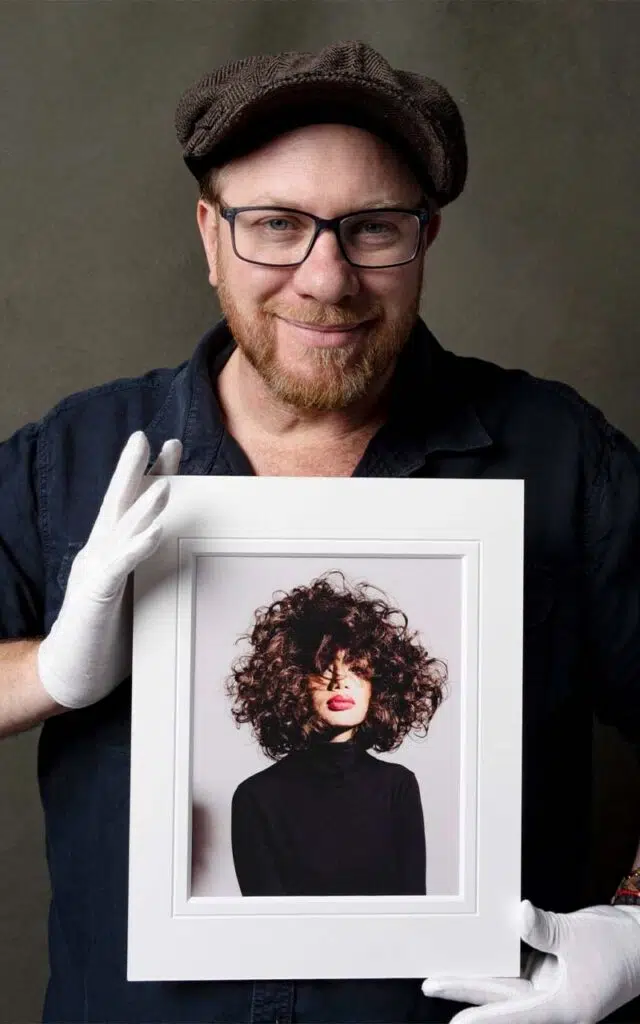
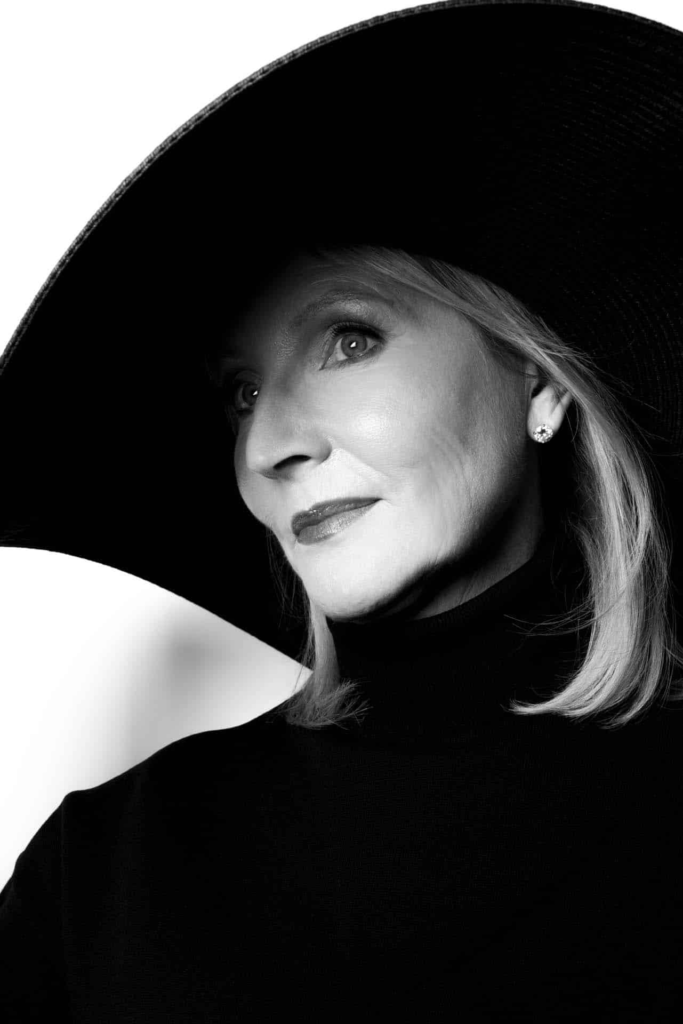


His photos are always taken in black and white which makes the photo look a lot more minimalistic and modern, what i don’t like about his work is that he has his own makeup artist and stylist which could be good for certain things however i feel like portrait’s should be taken of someone’s natural state and they should dress how they would normally to show who you truly are and not a fake version of yourself. This could be taken to the completely different context and maybe the stylist is there to help you wear something you wold like but don’t possibly own, same with the makeup maybe someone doesn’t know how to do professional make up and want to experience having it and especially having it when you are getting your portrait taken. Personally I really like how his photos have turned out as he gets the model to stand or sit a certain way and he gets props involved which can give a better back story of the photo, as each photo has a story behind it whether its basic portrait it still holds meaning, like why was it taken?, and why is the model look at the camera/side a certain way, its a mystery and the props in the photo hold evidence of some of the meaning.
